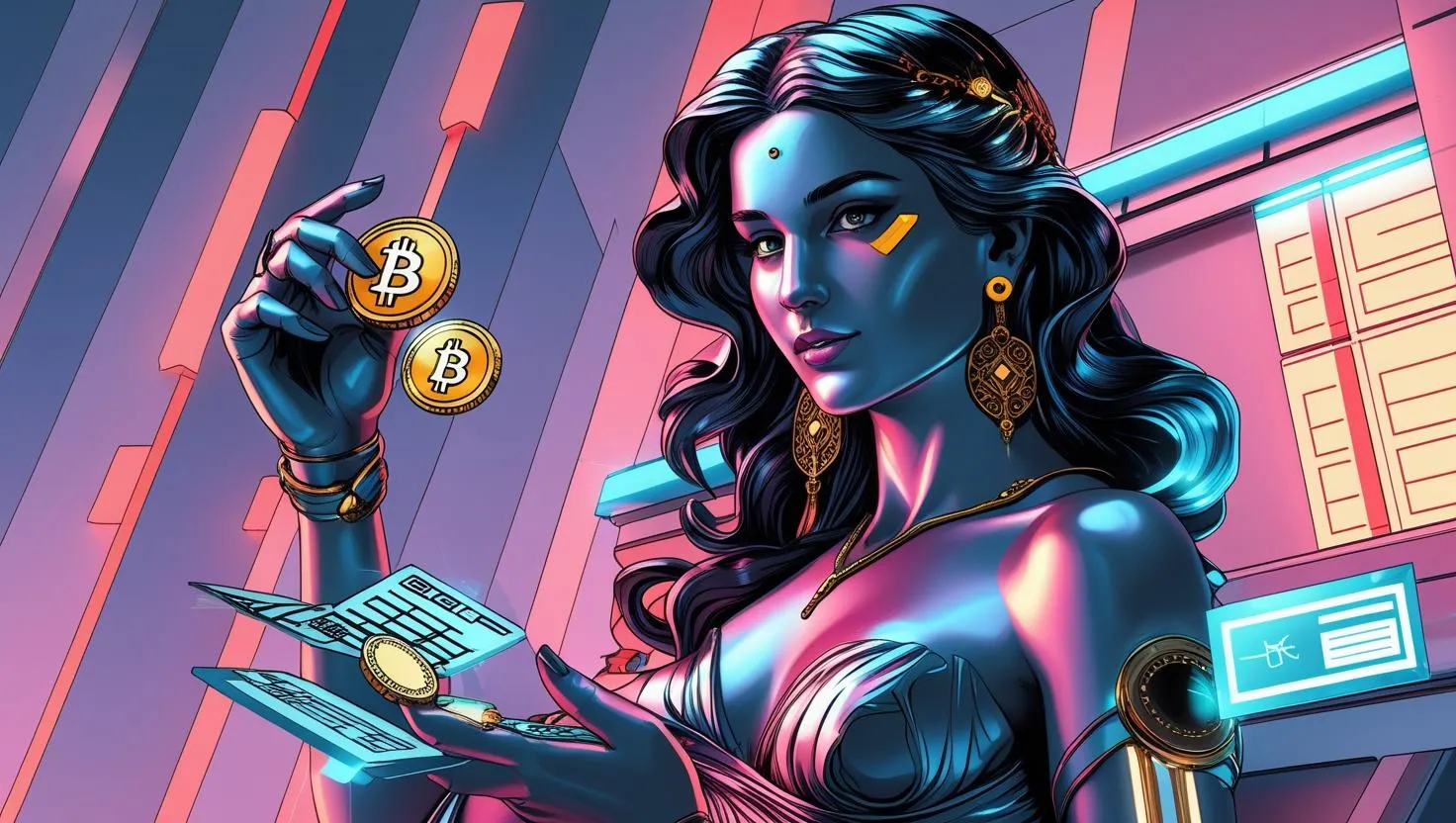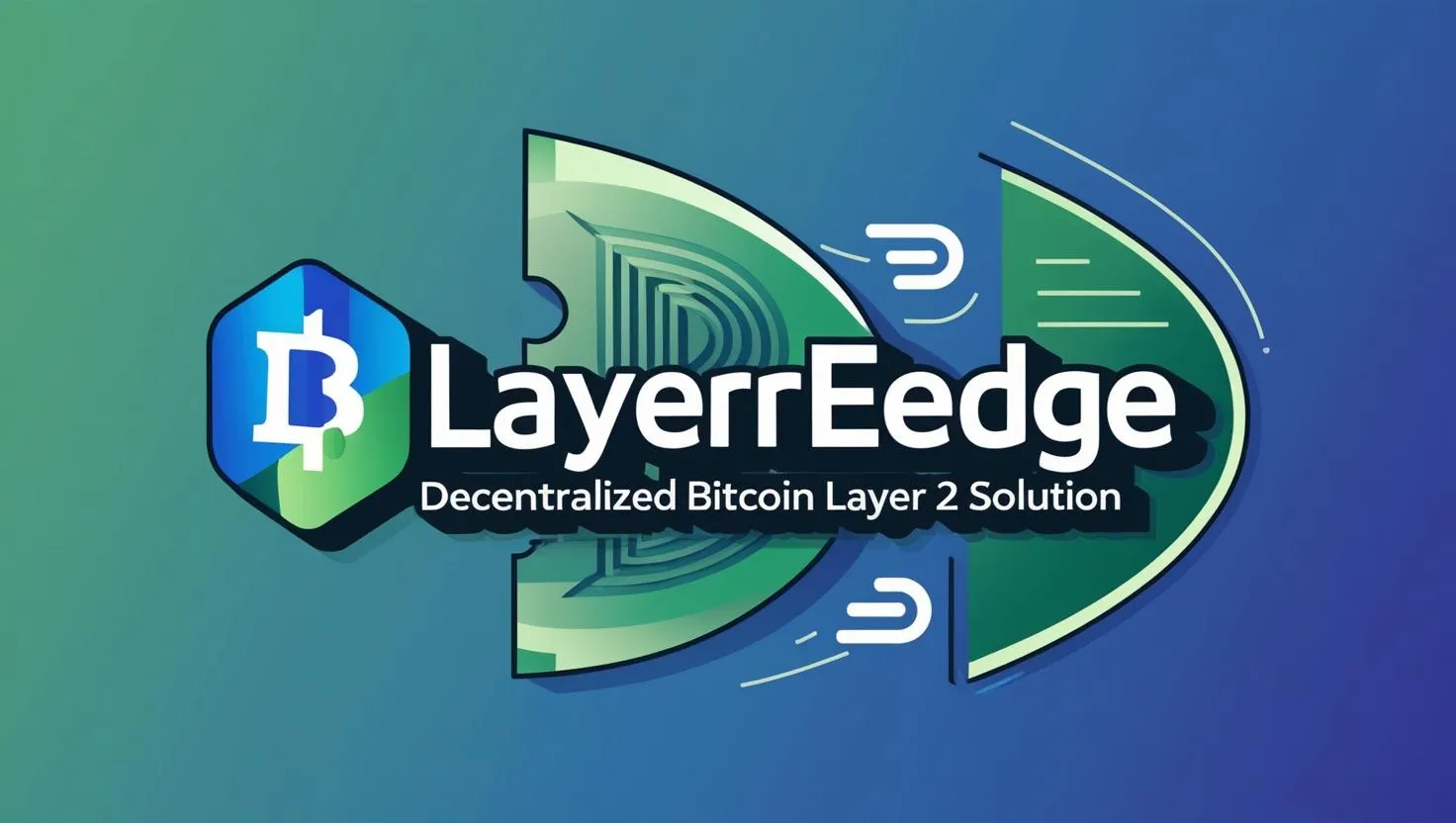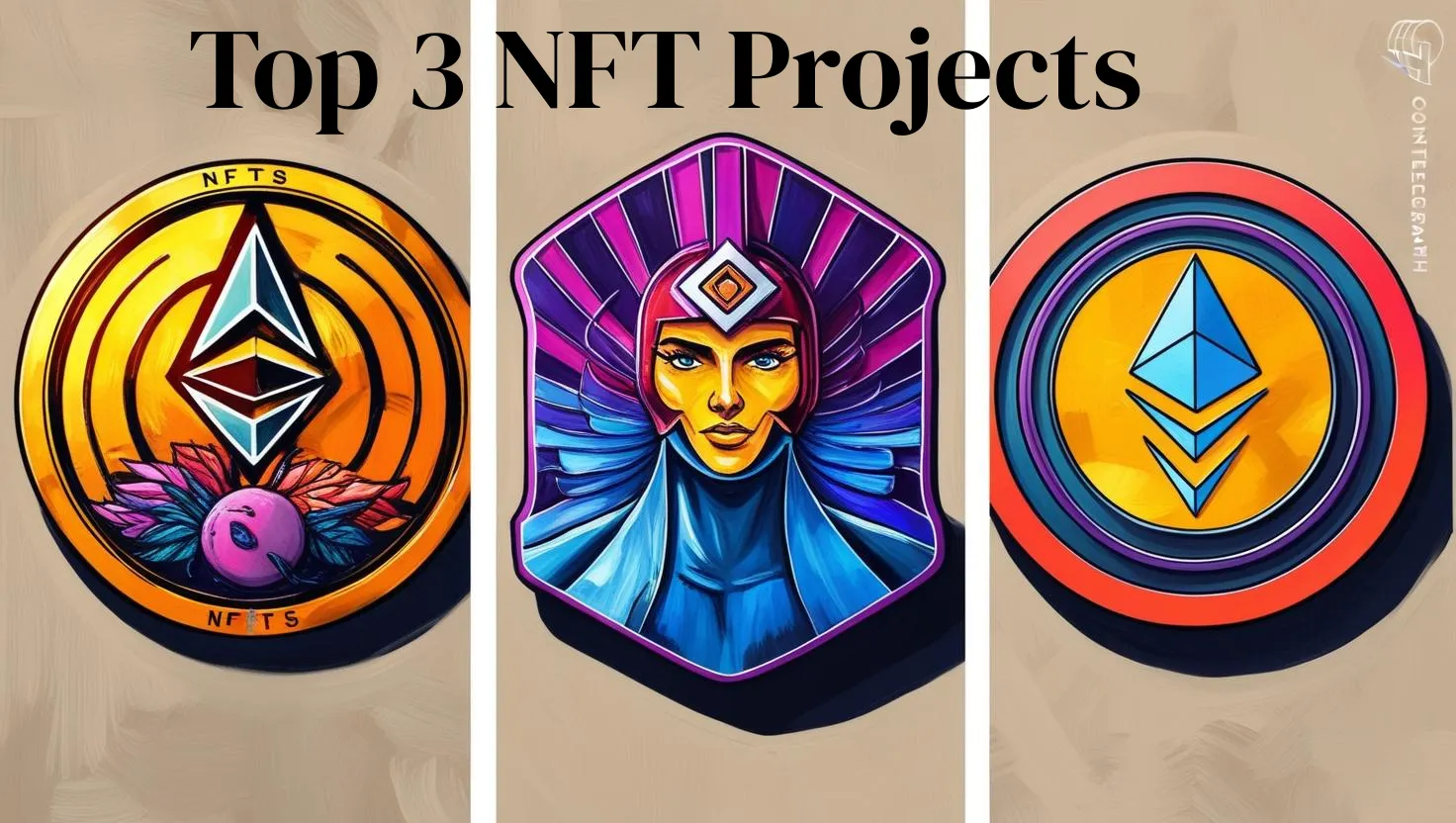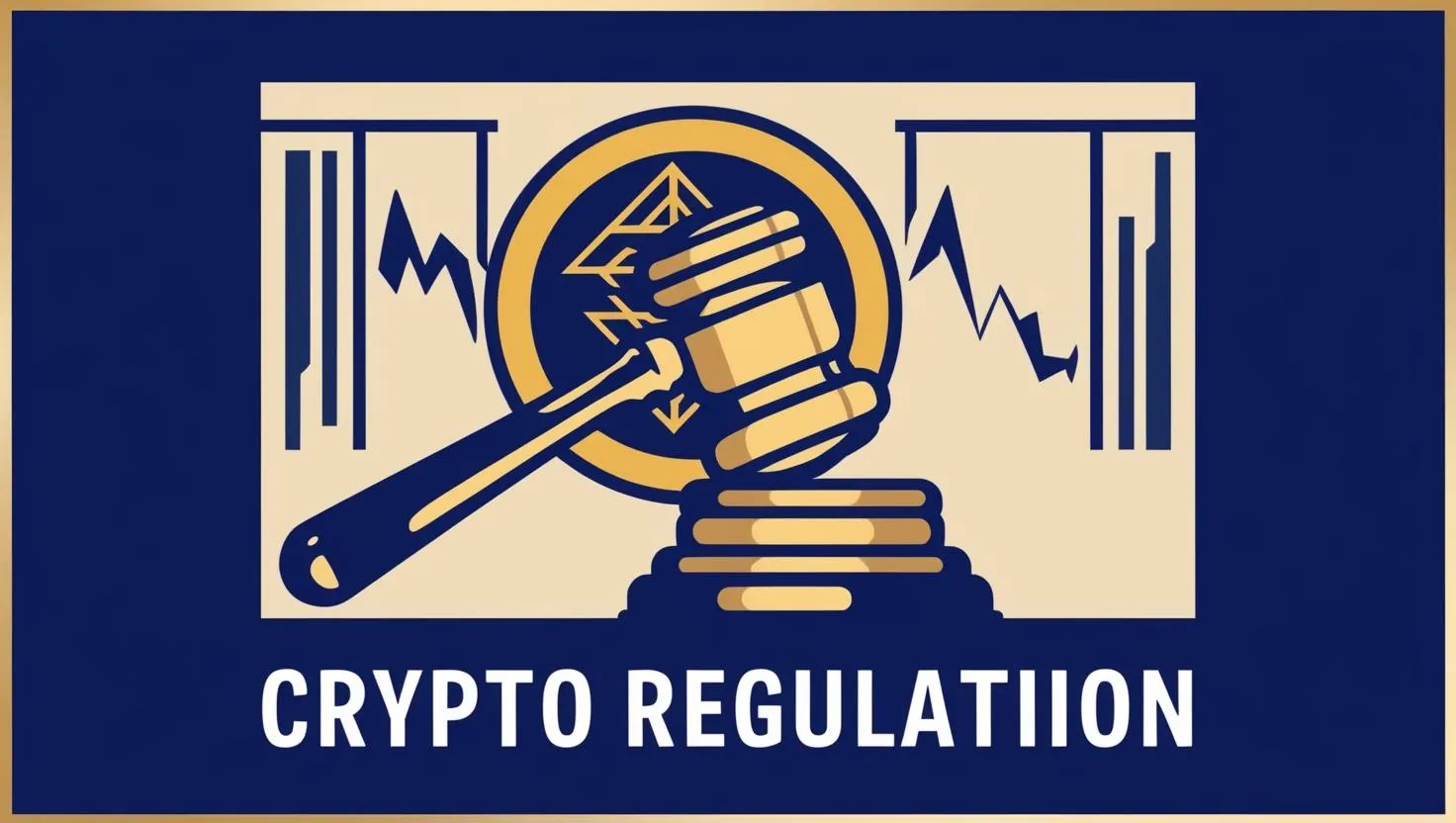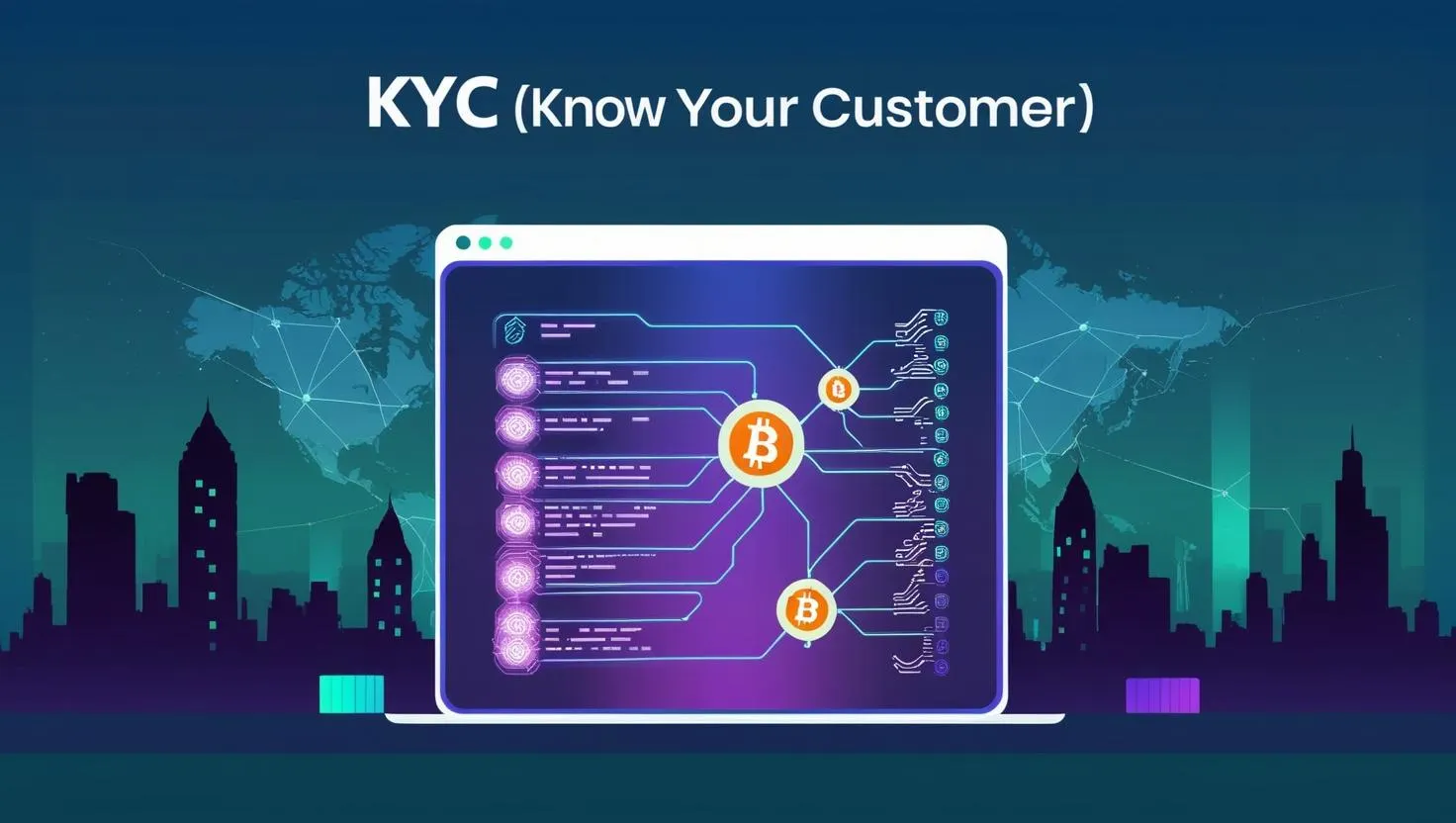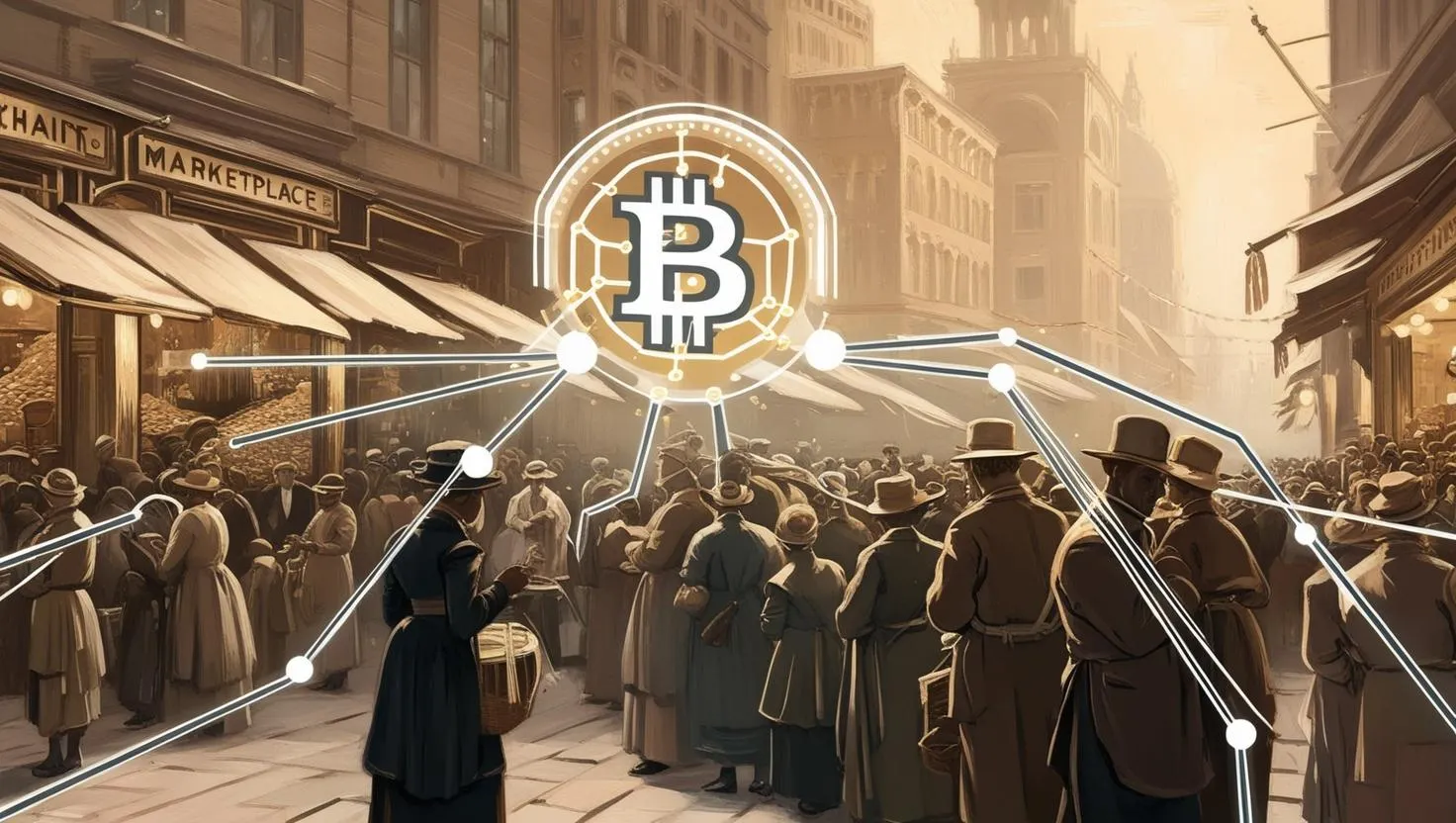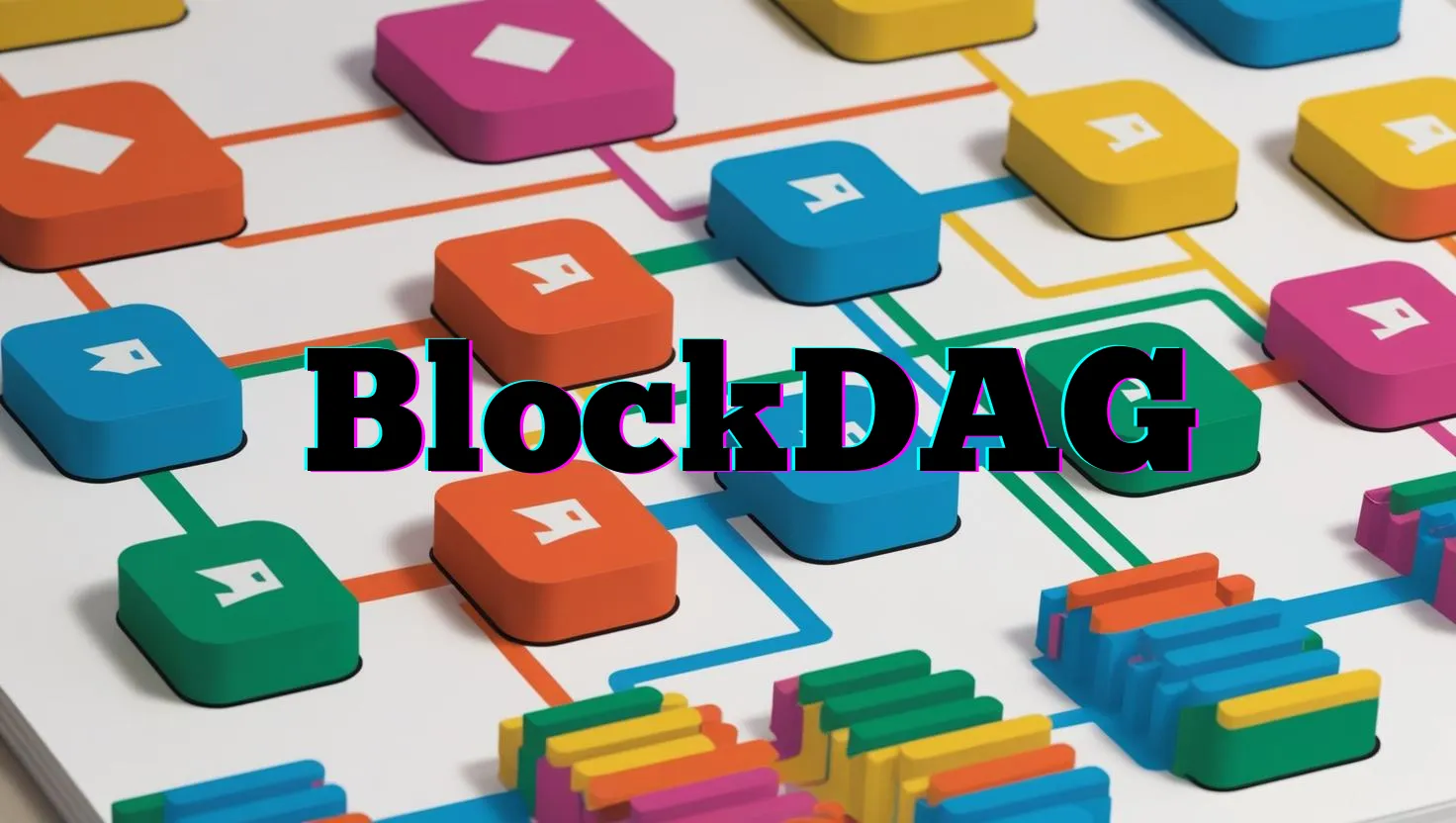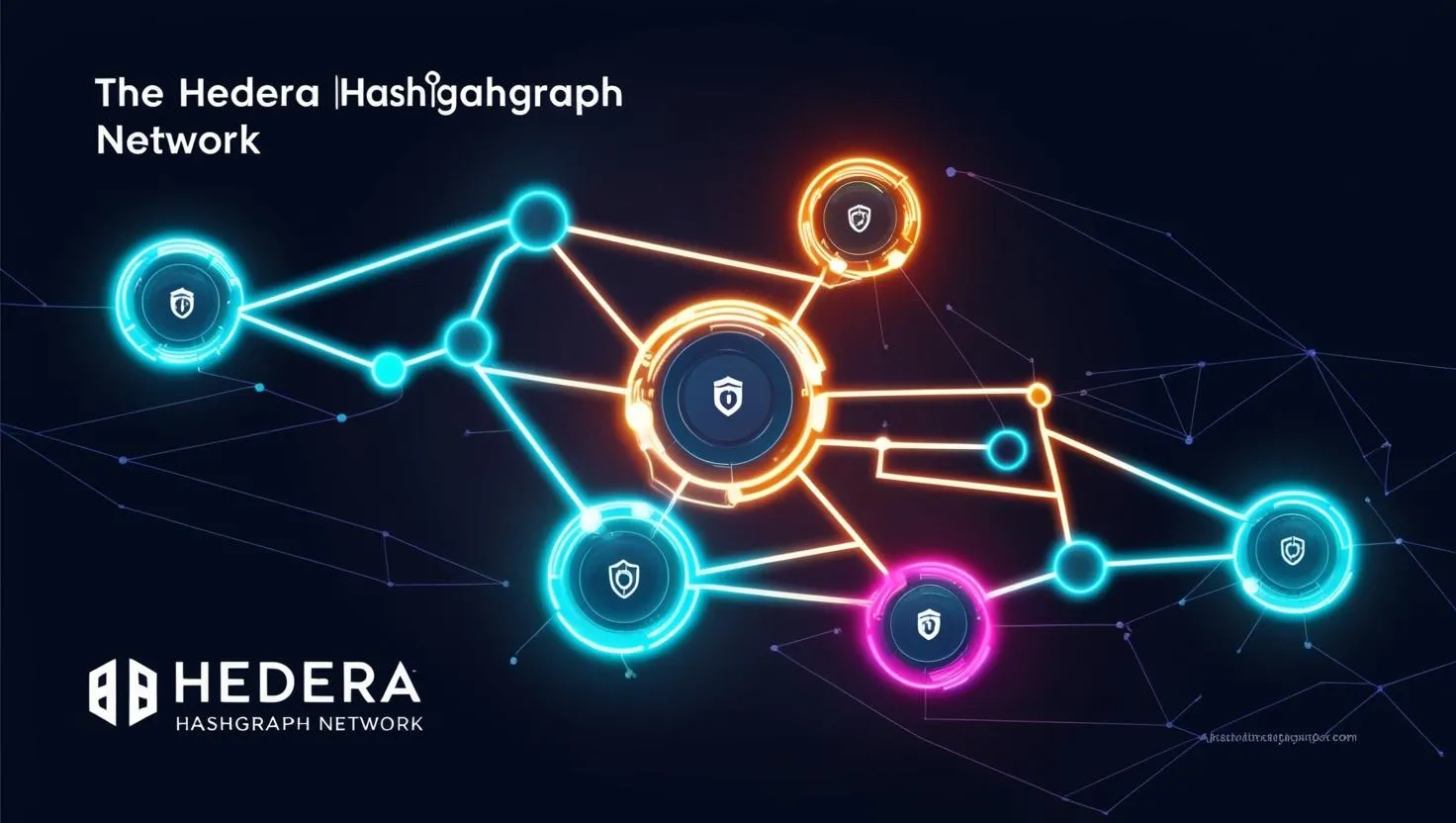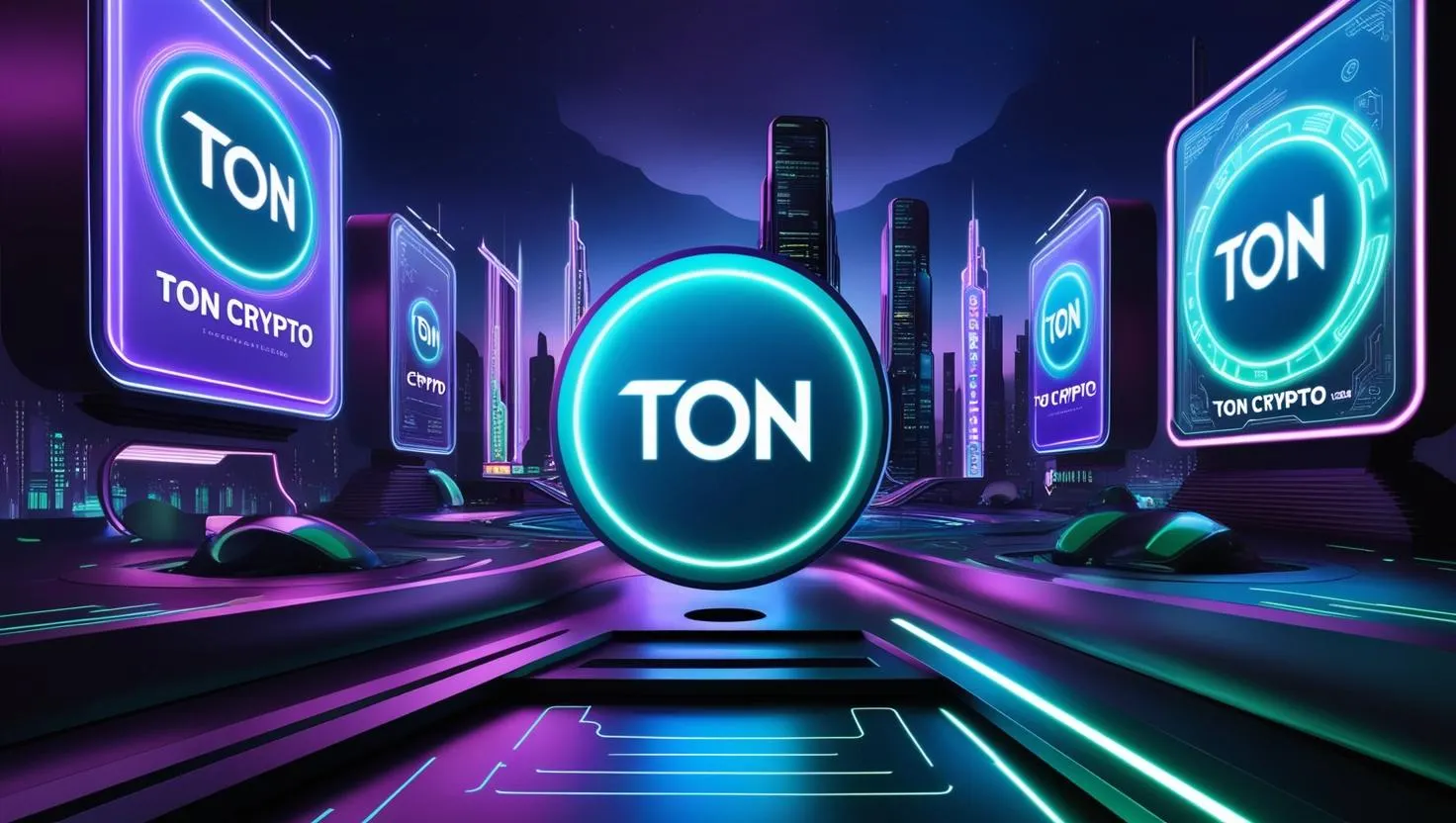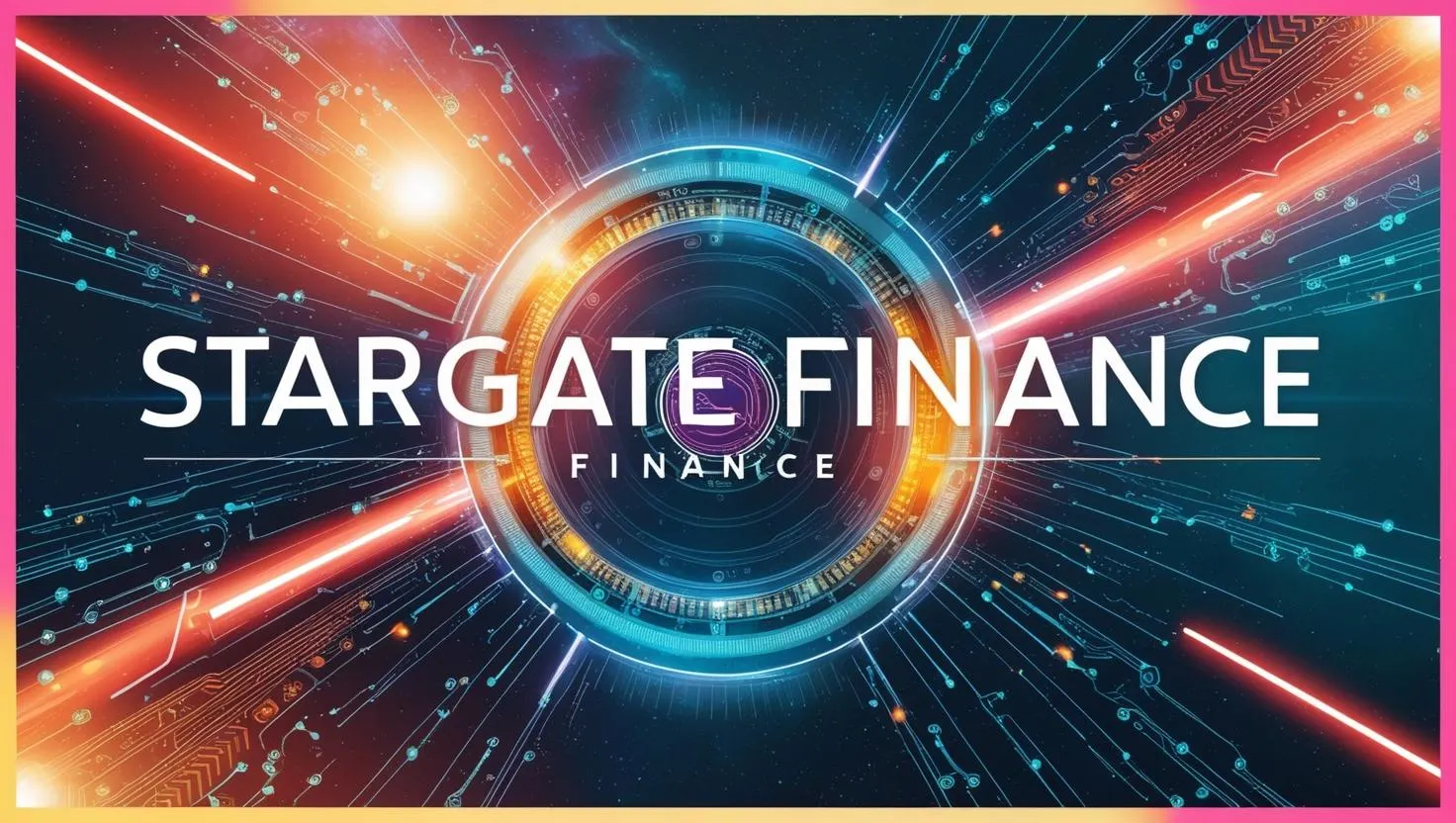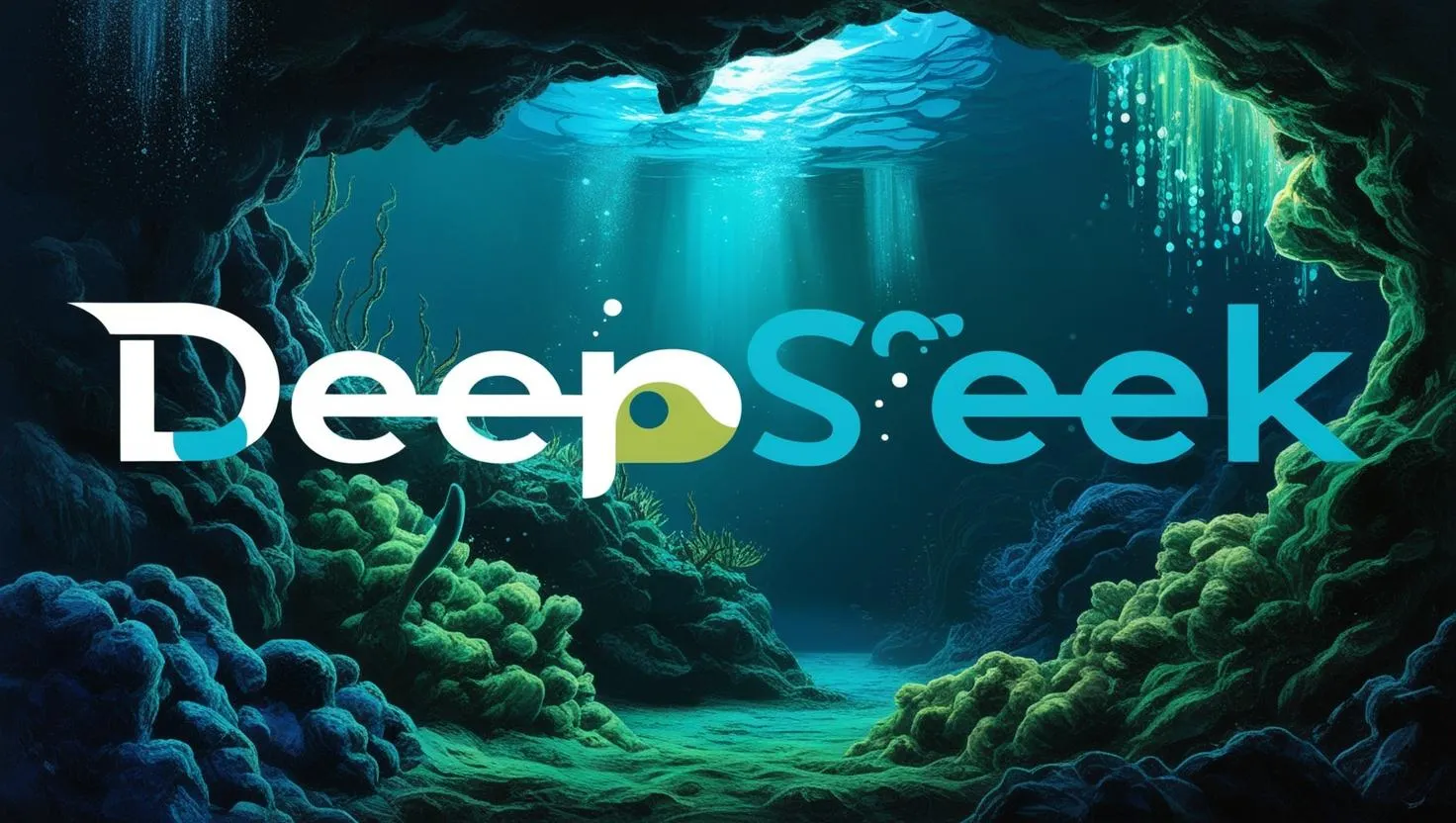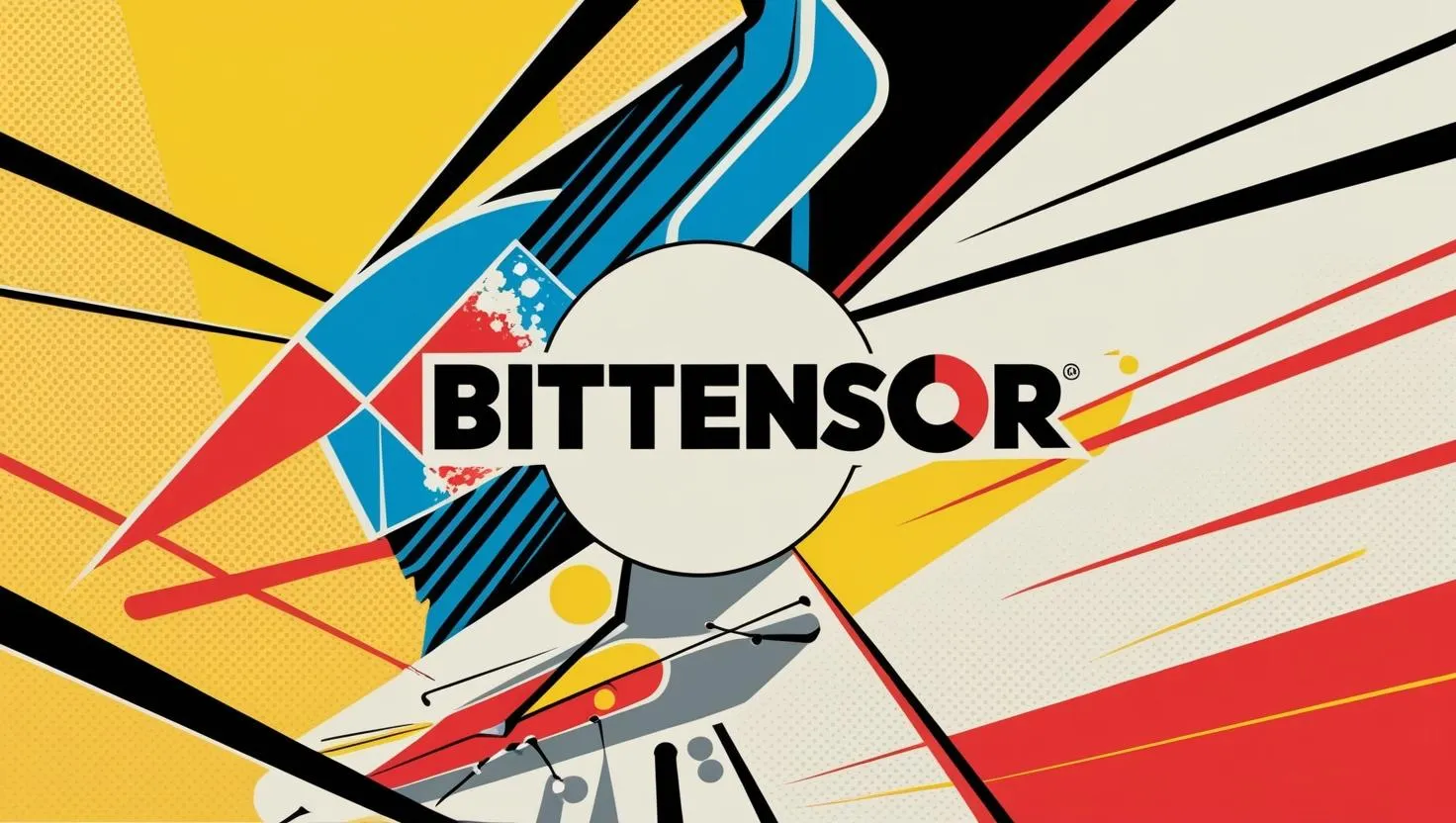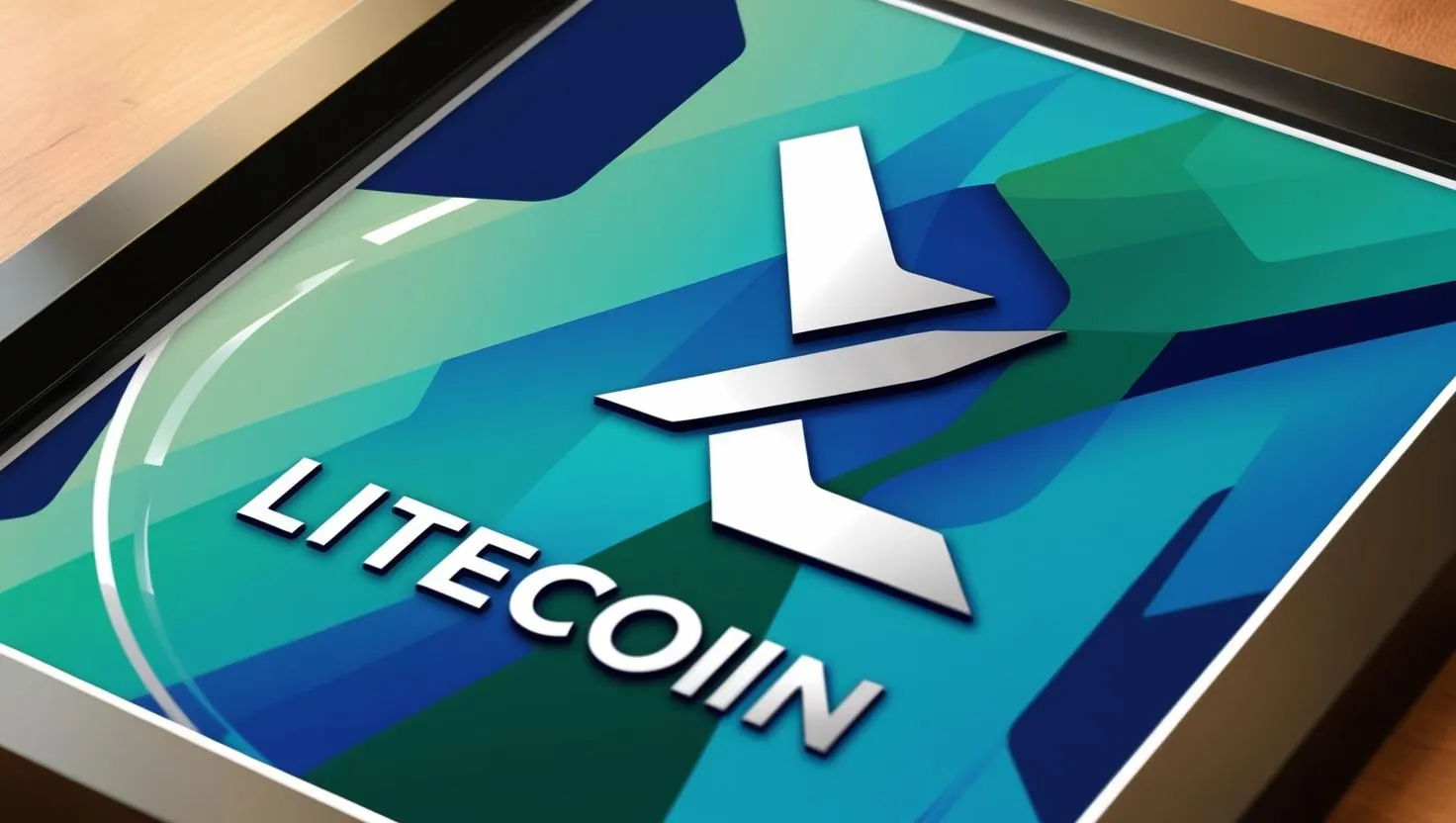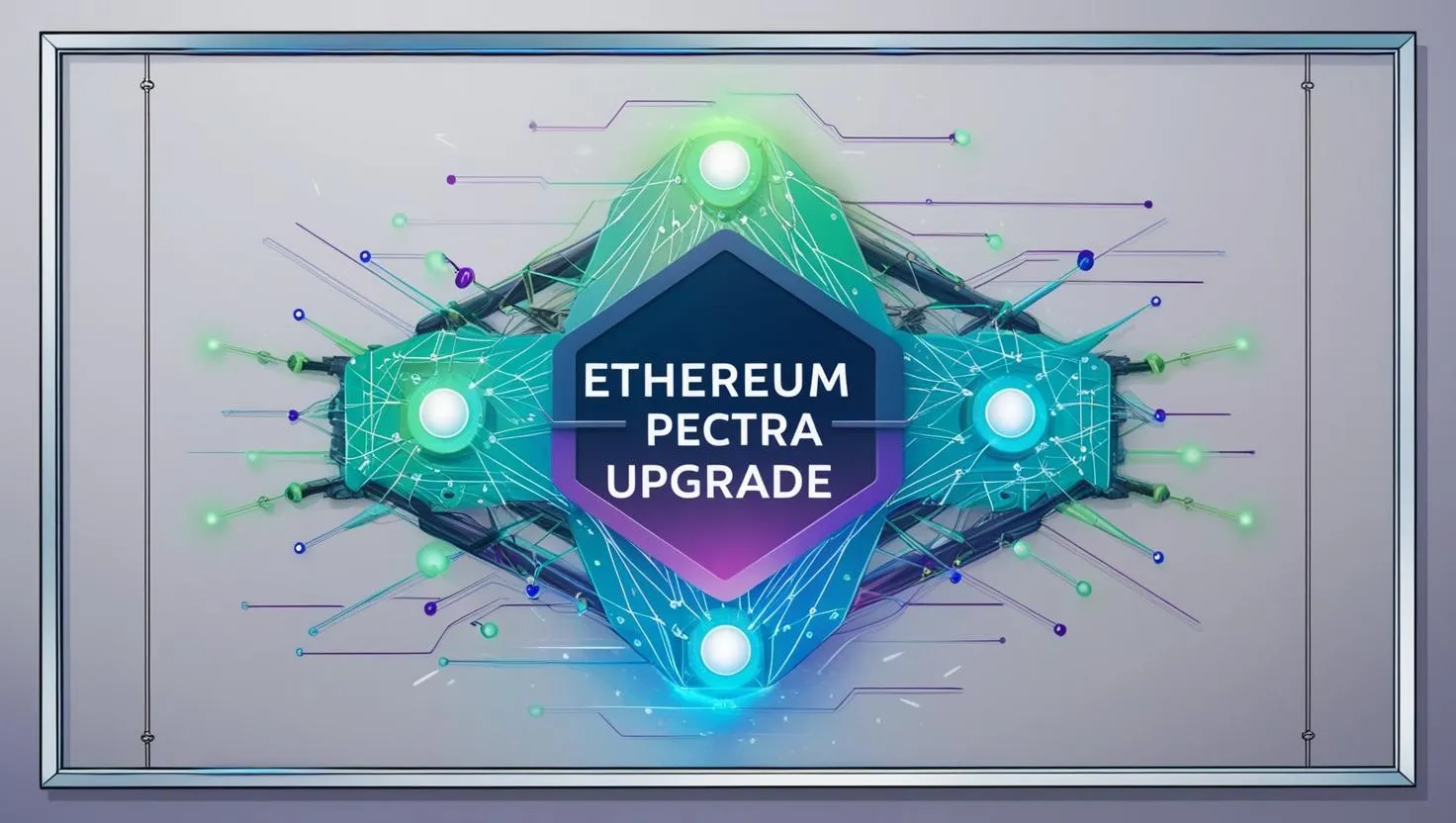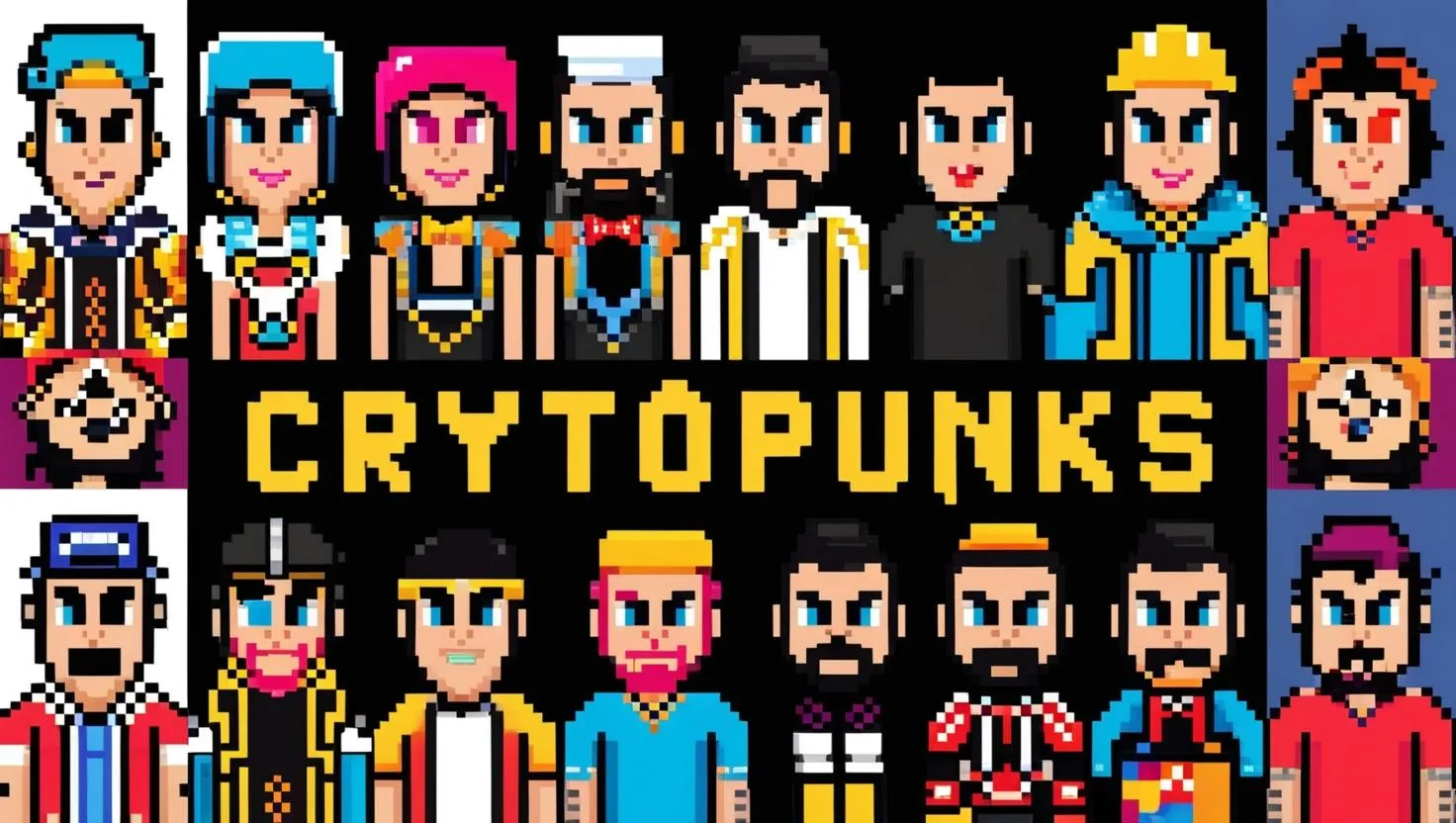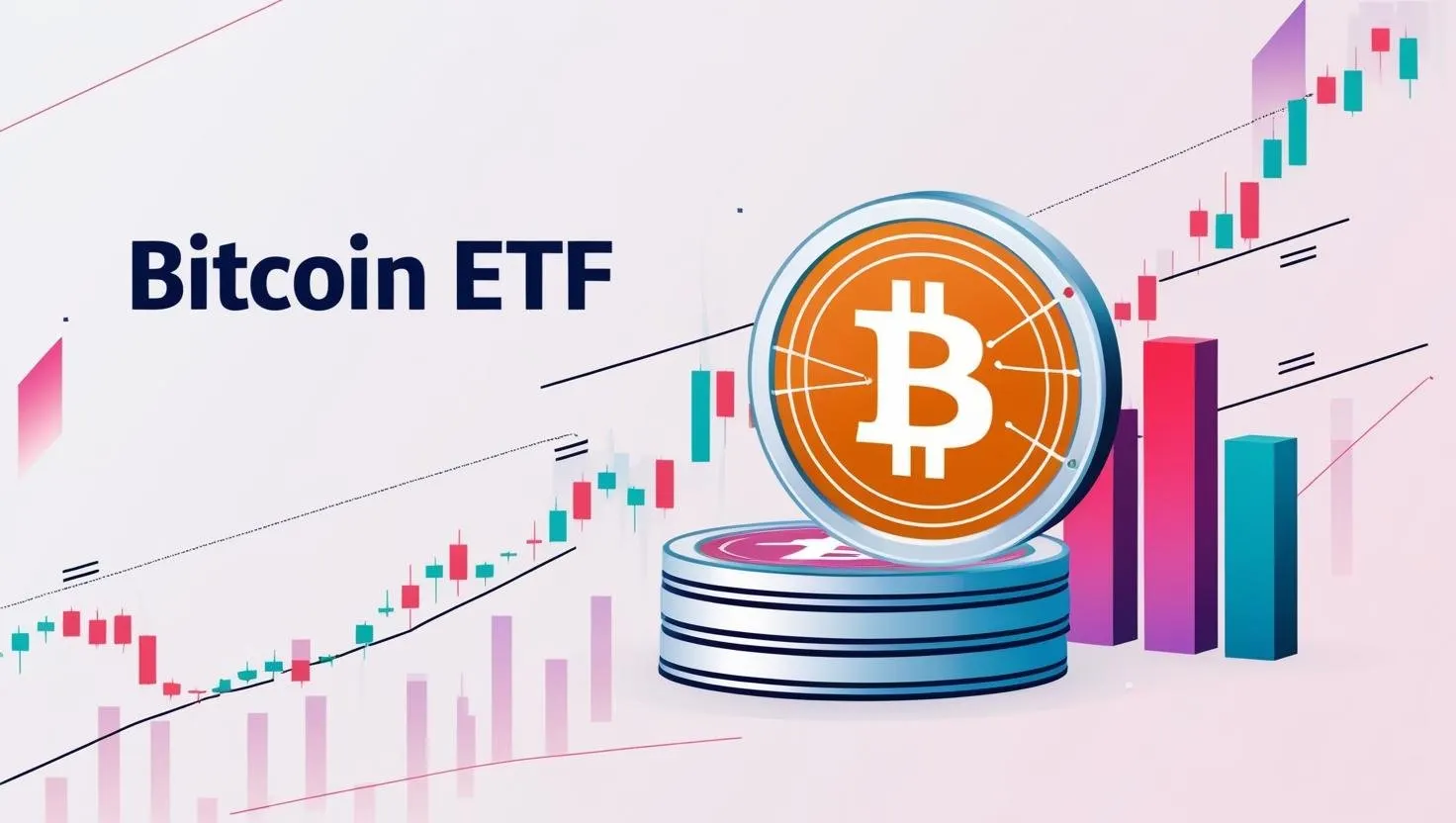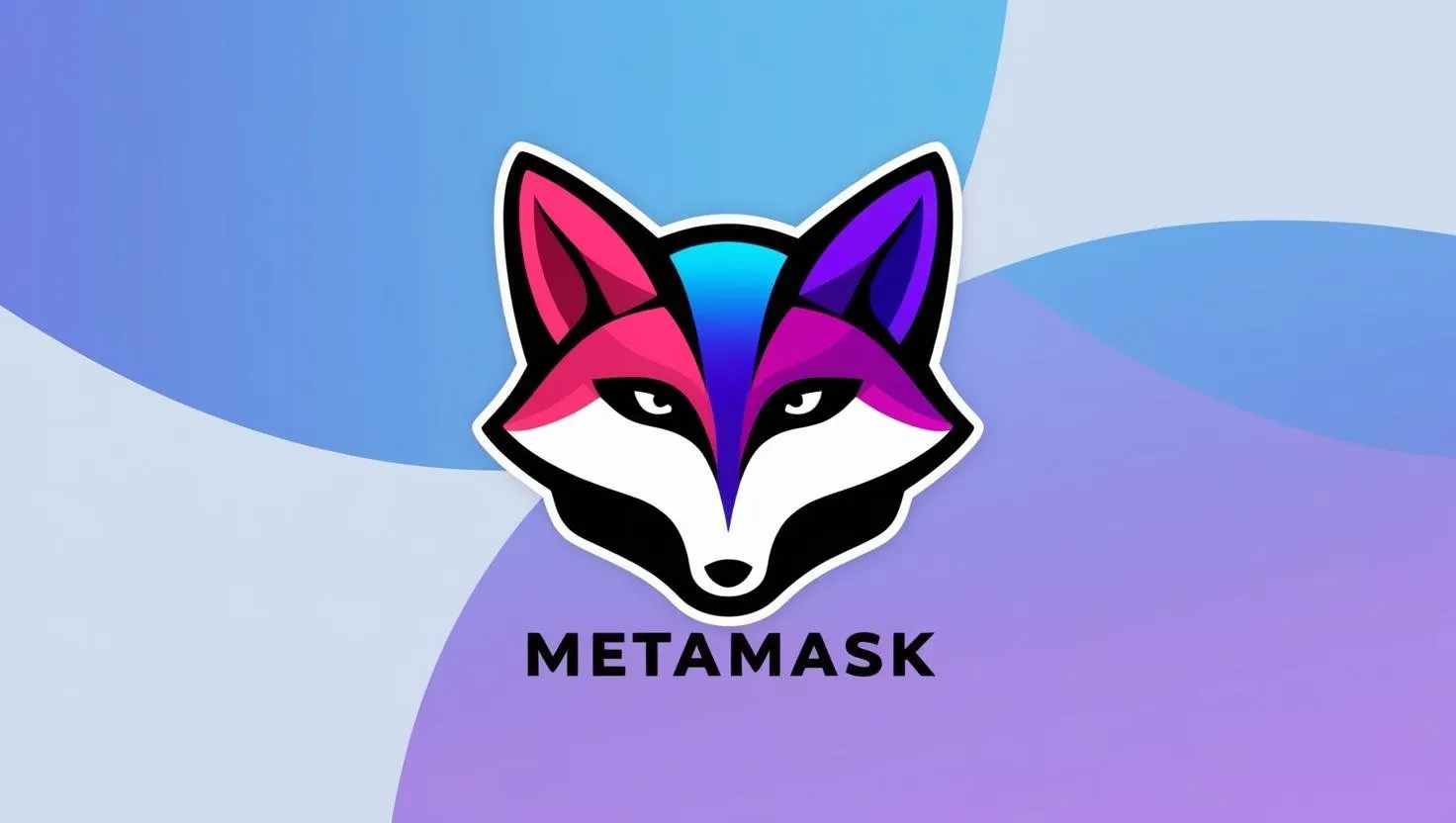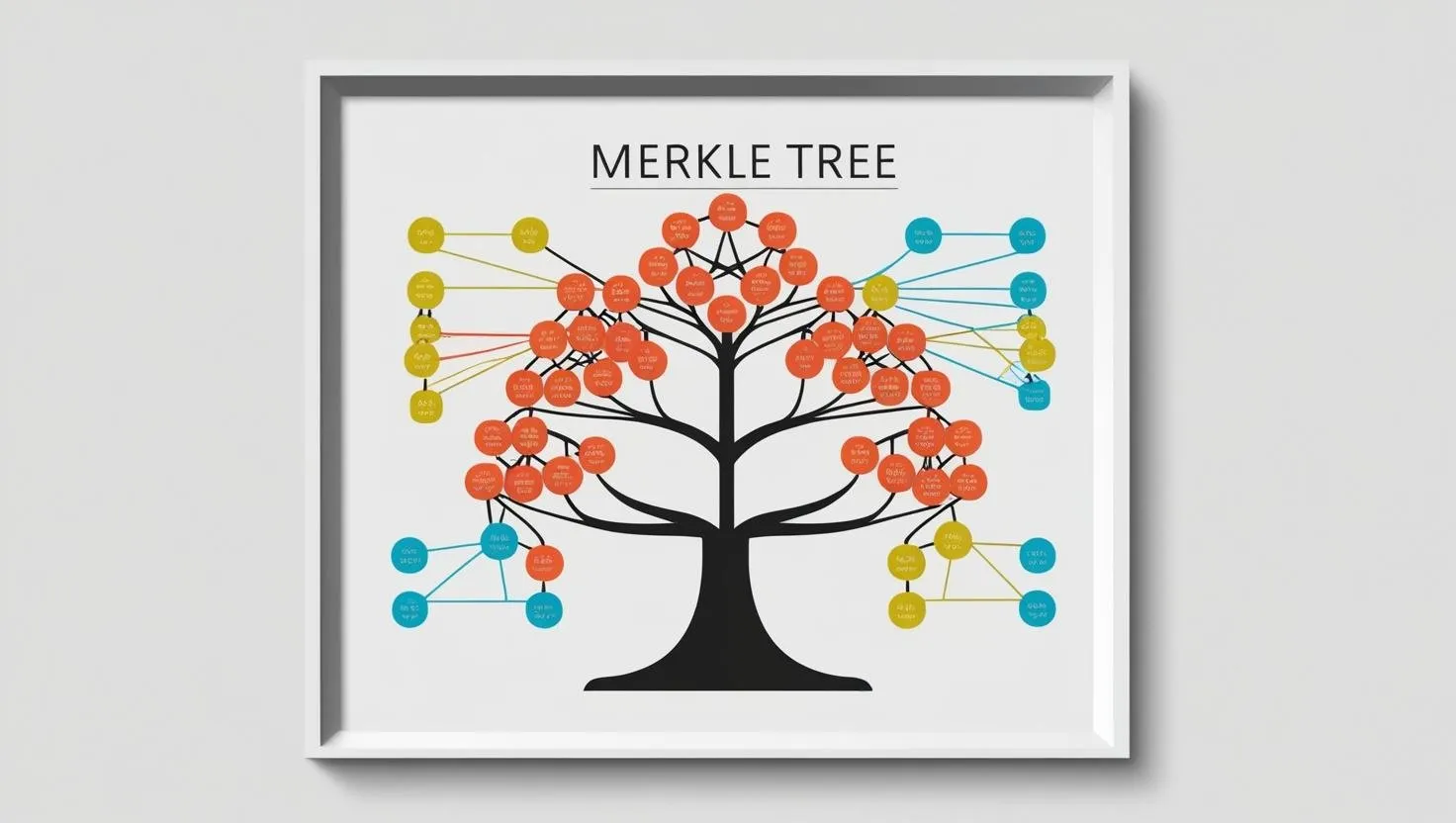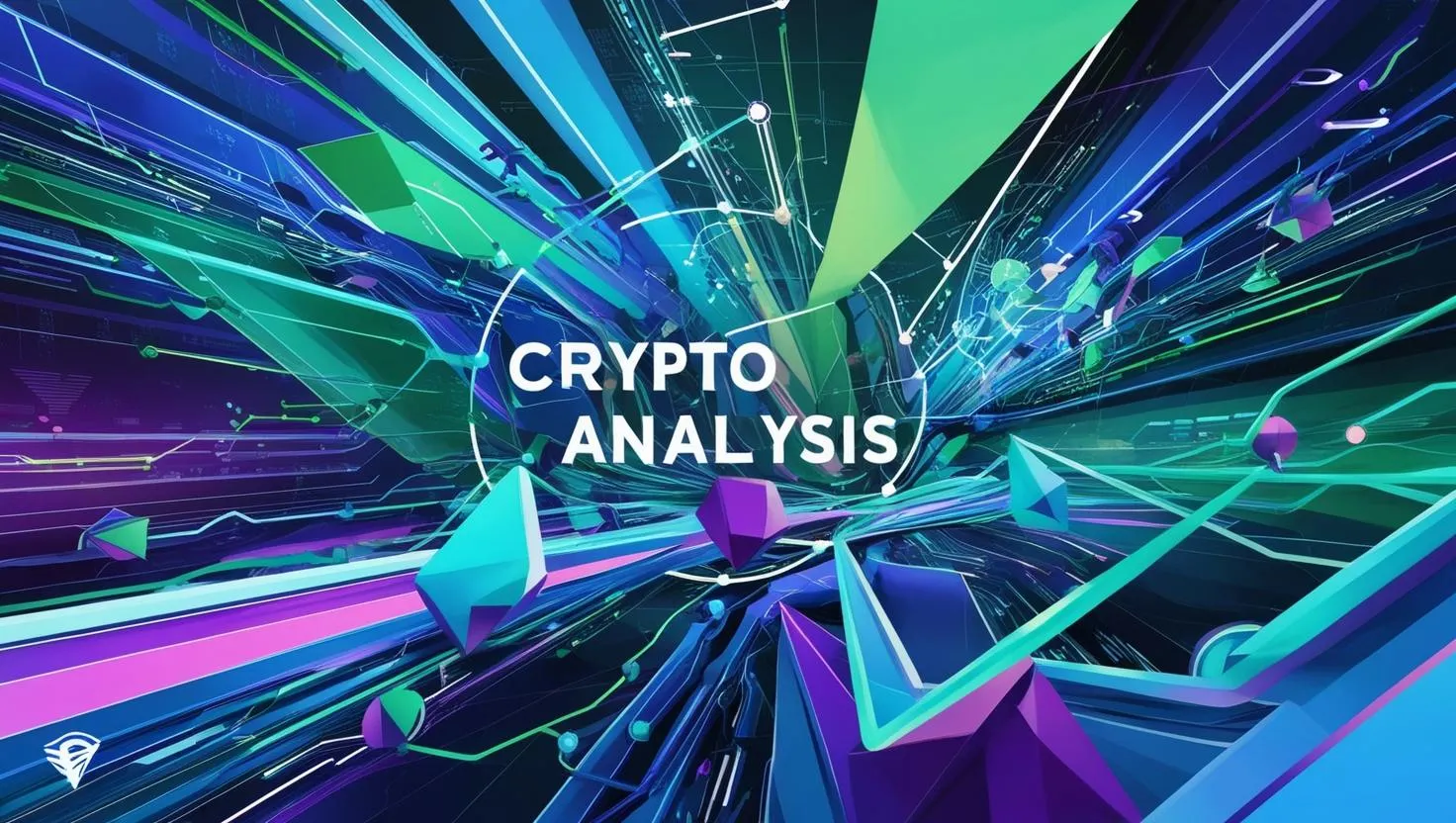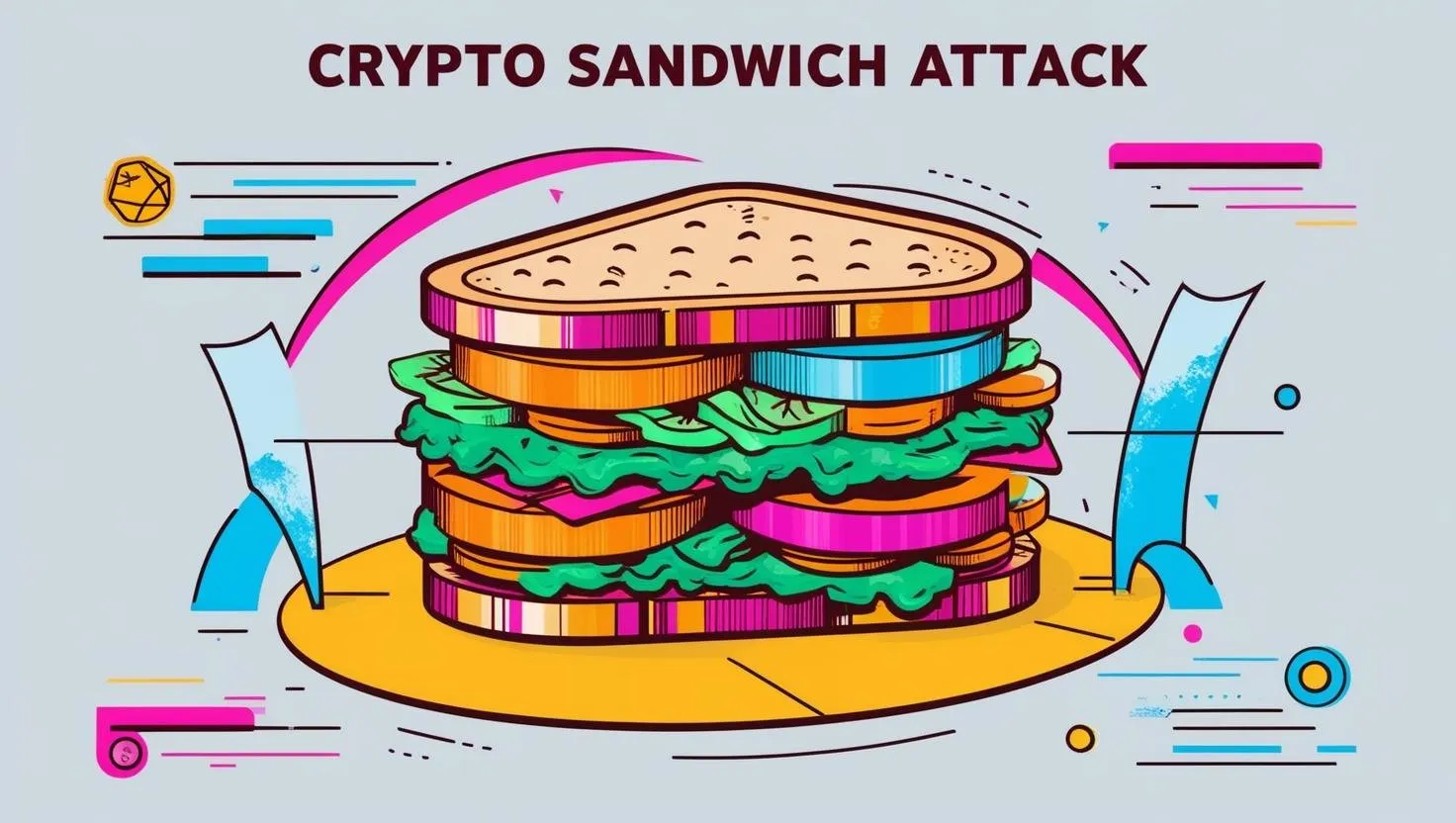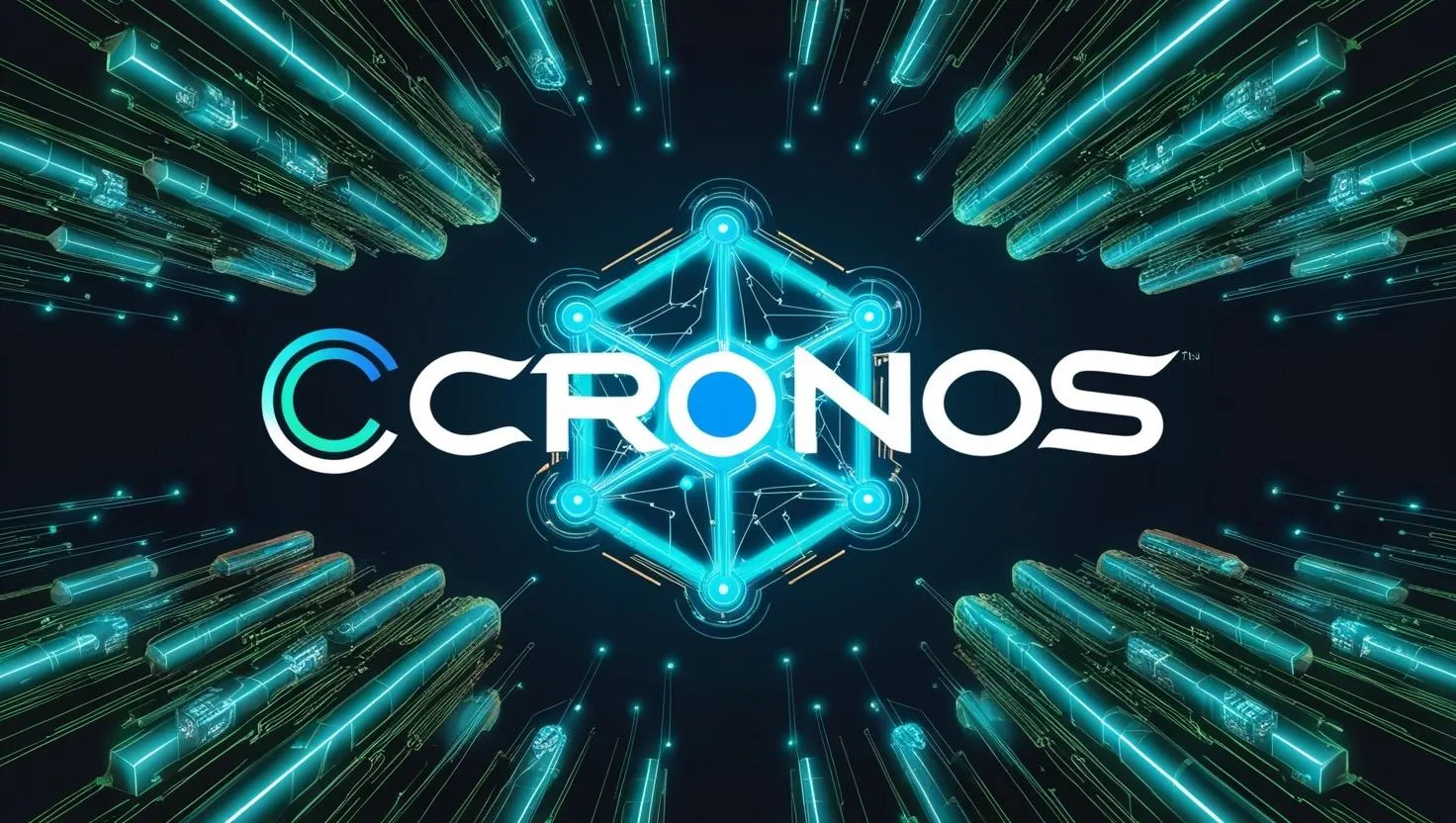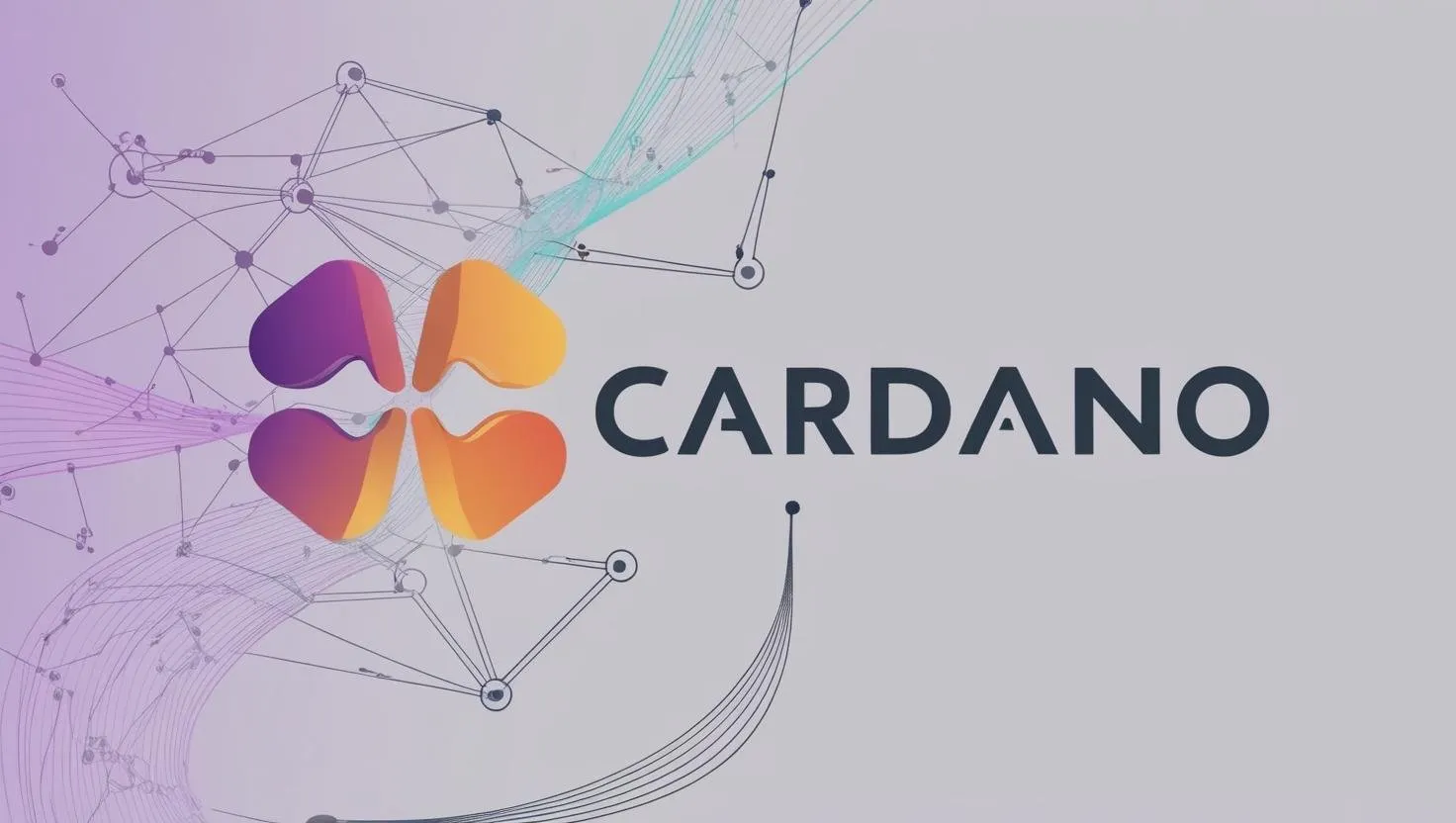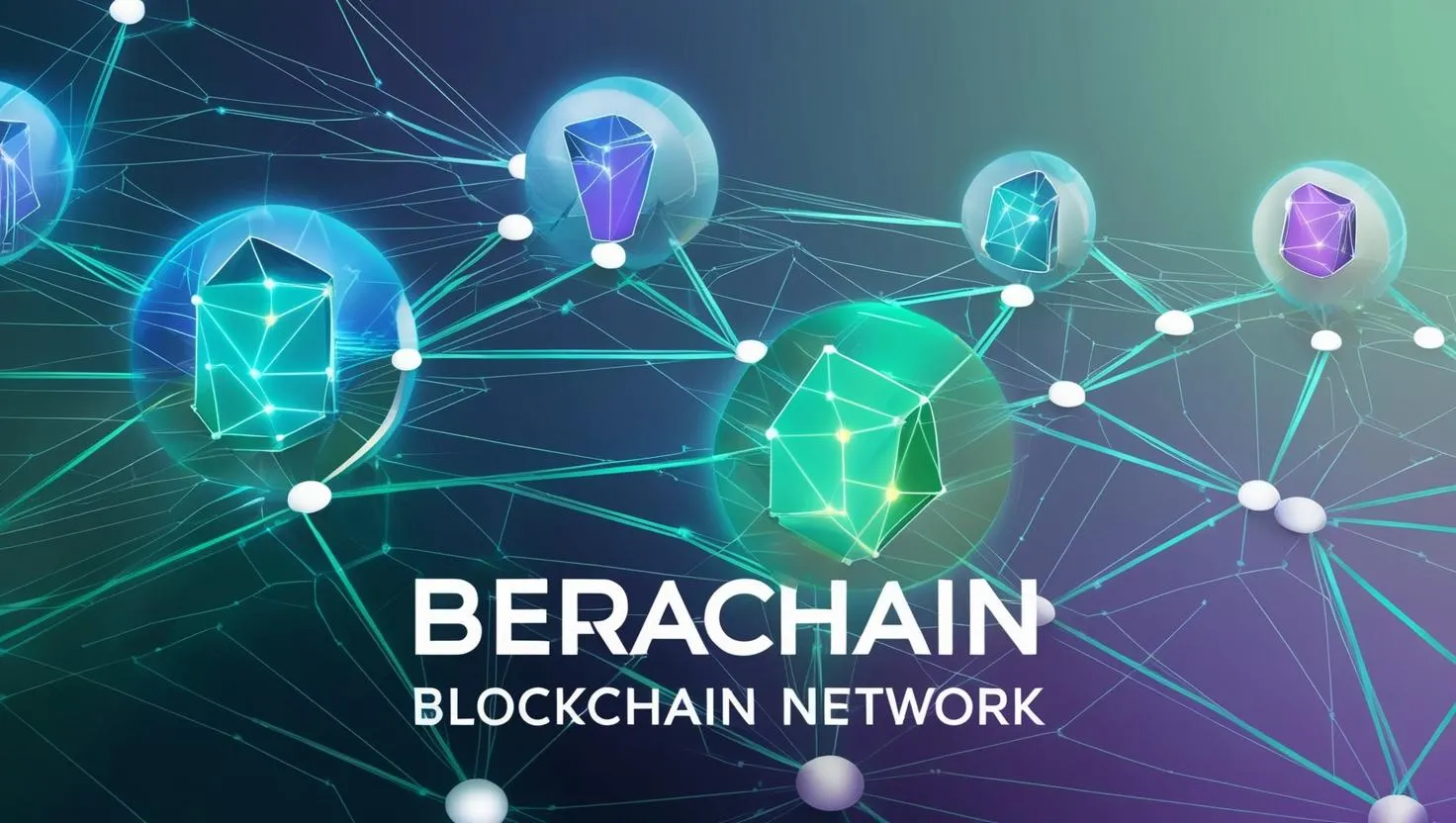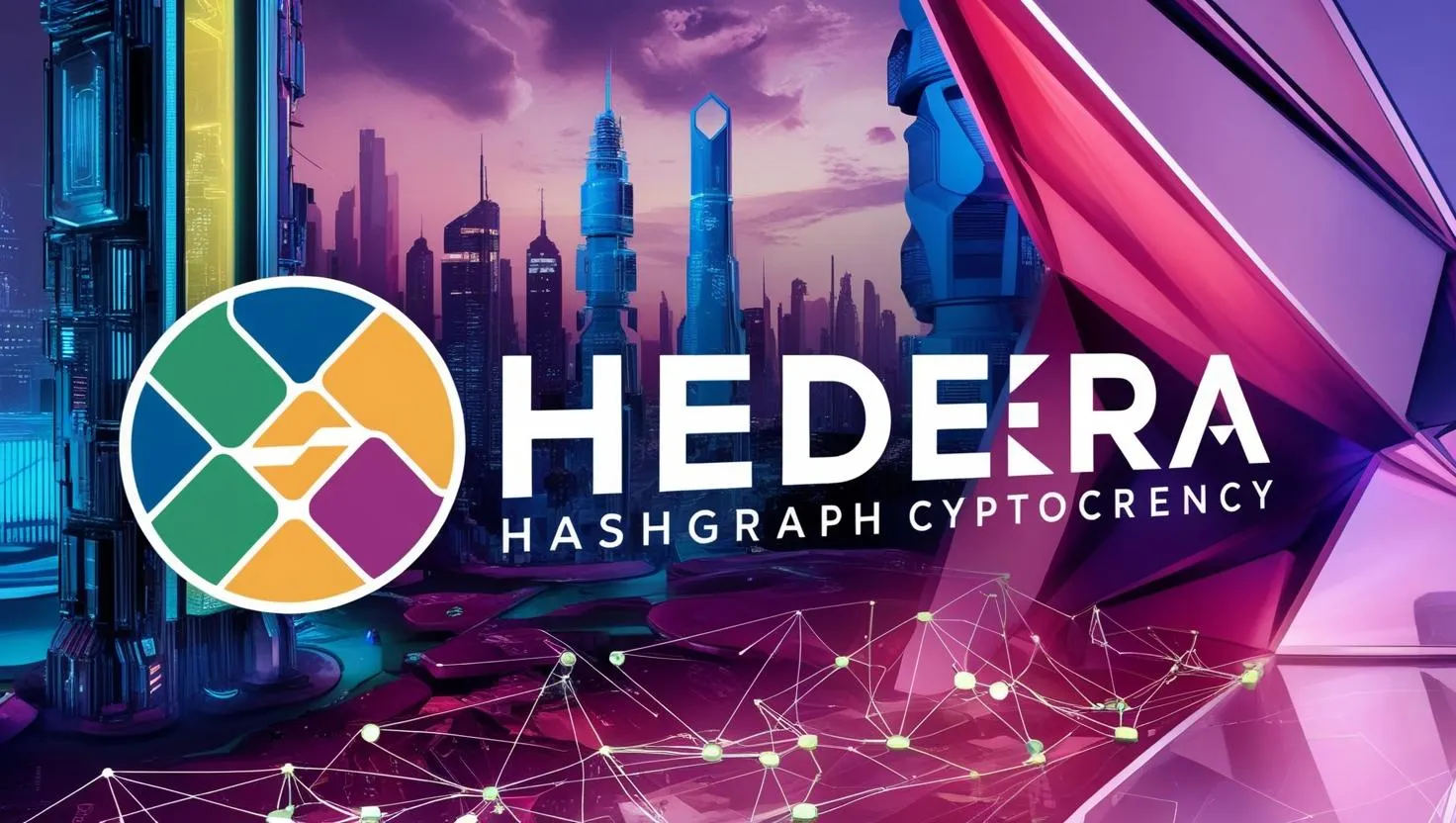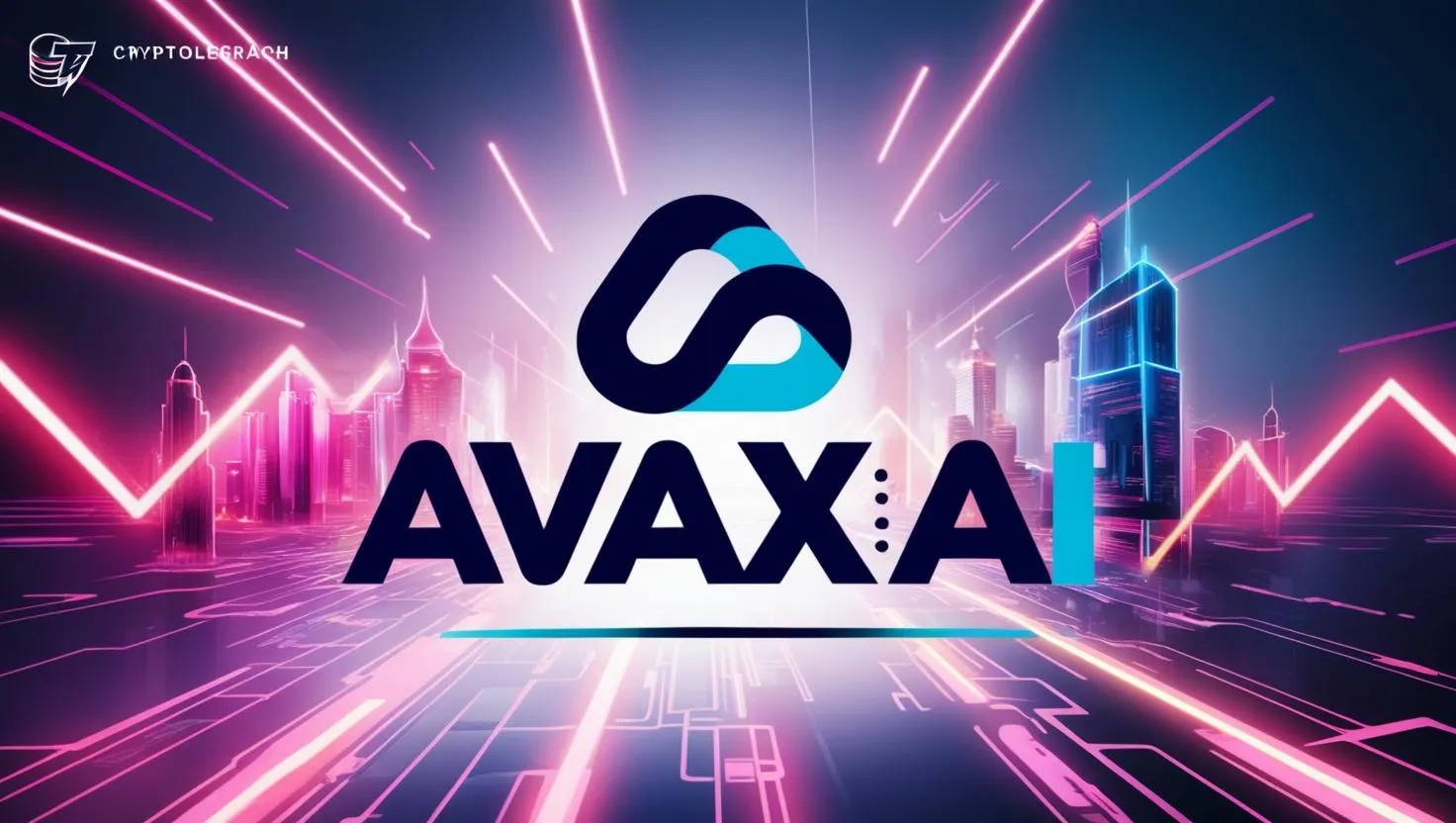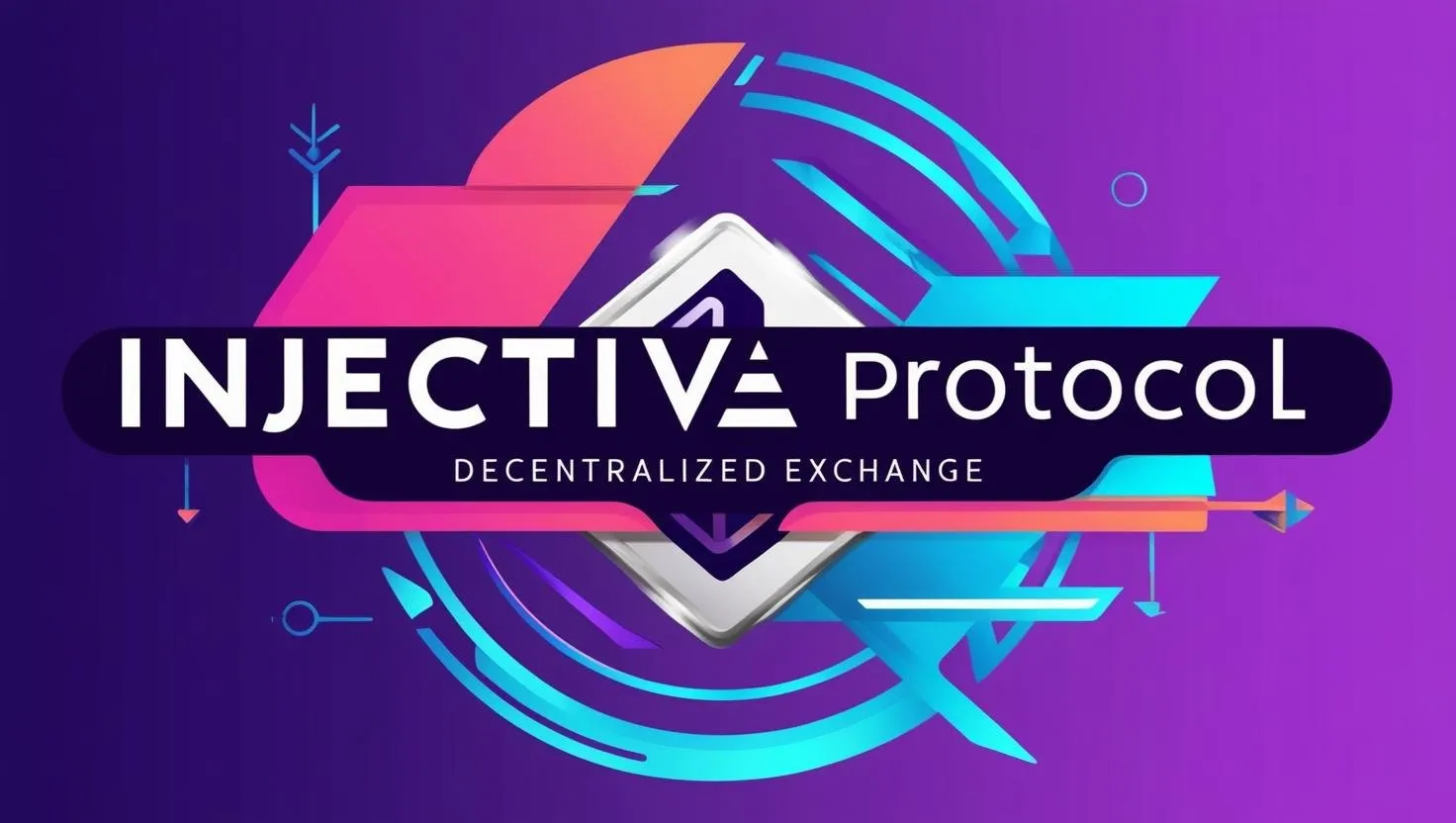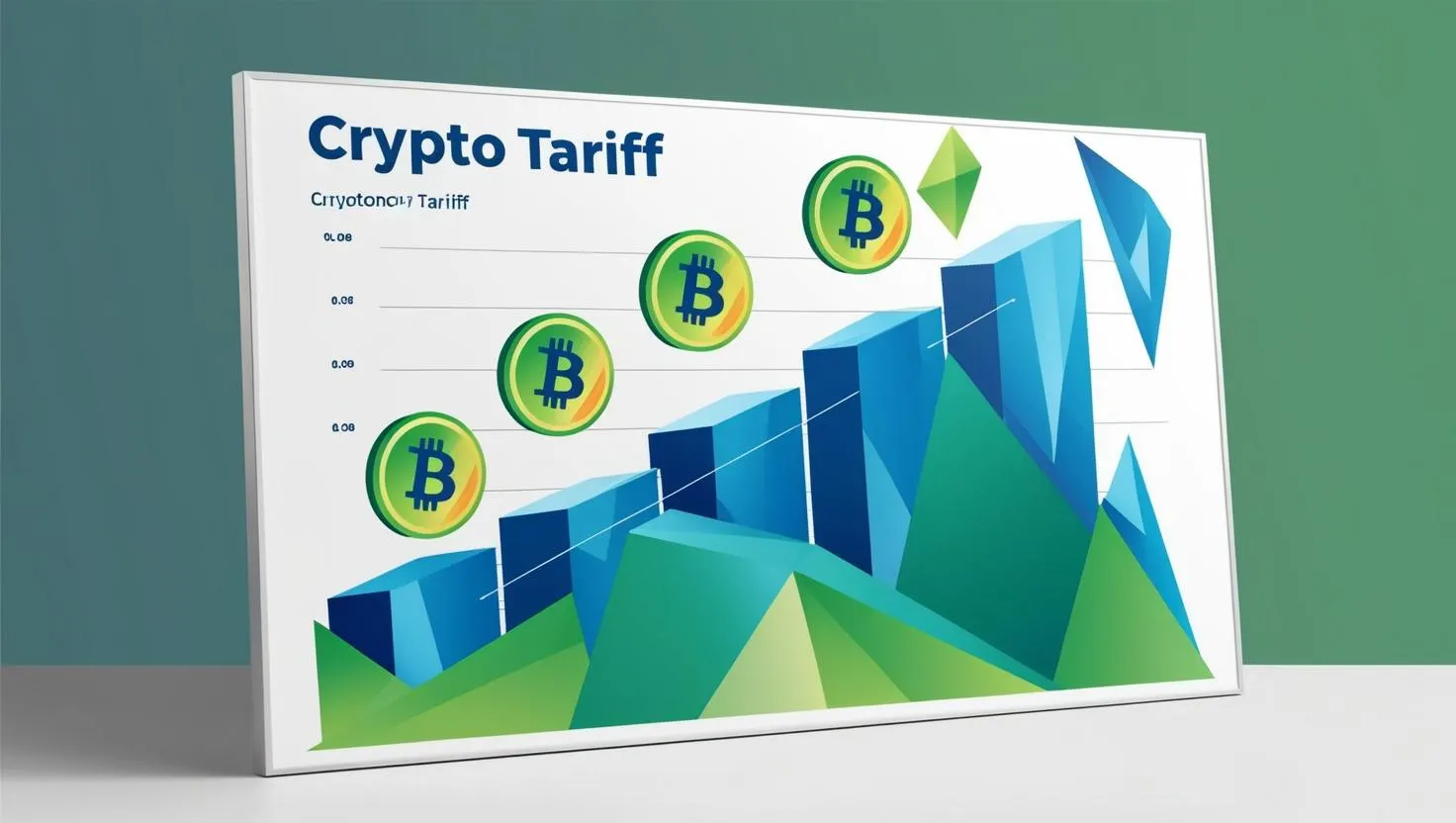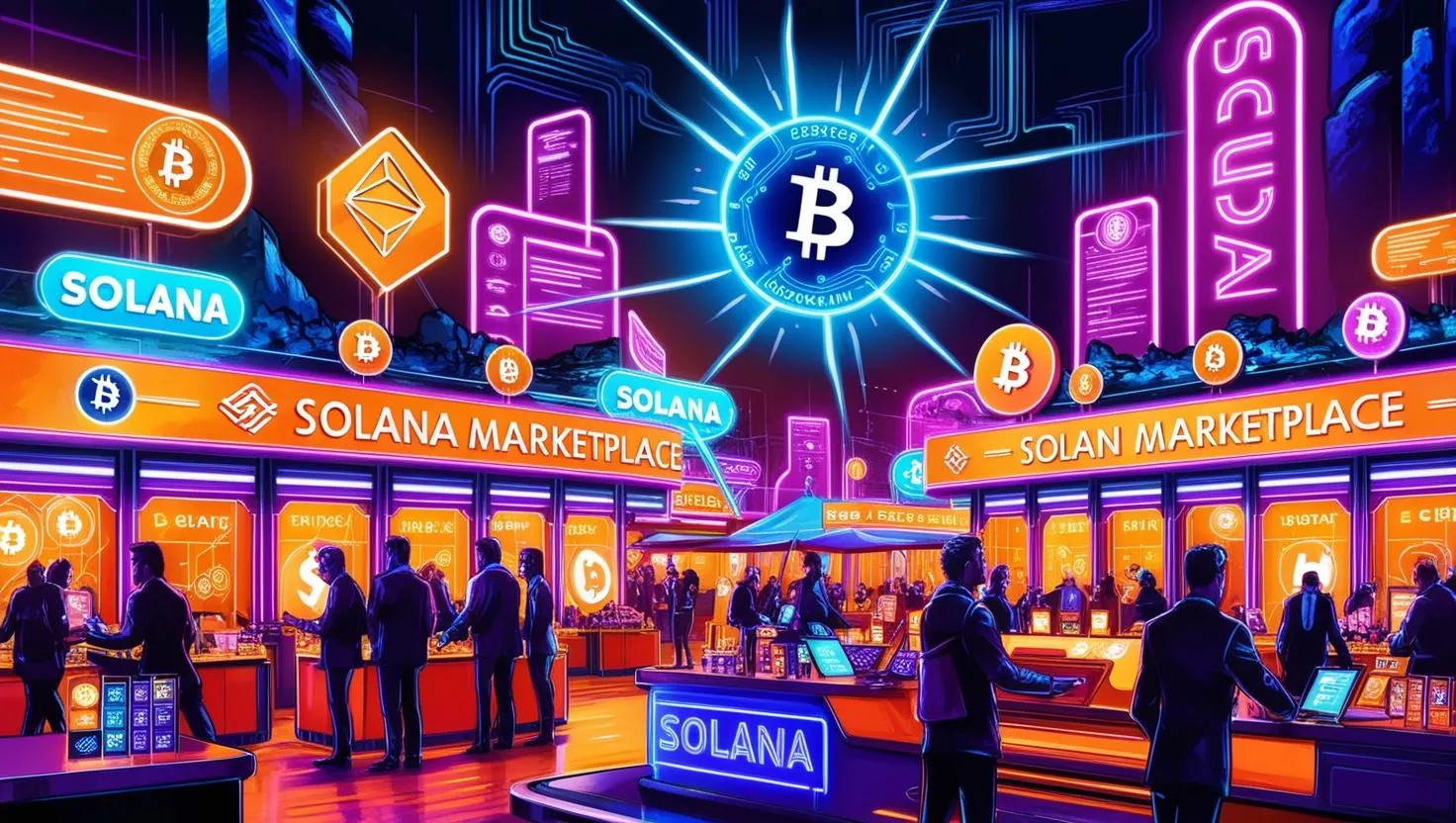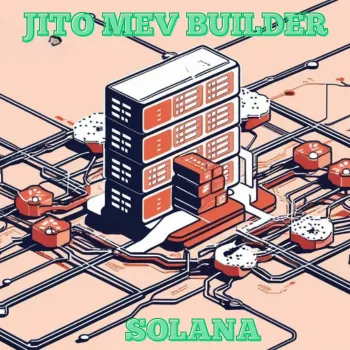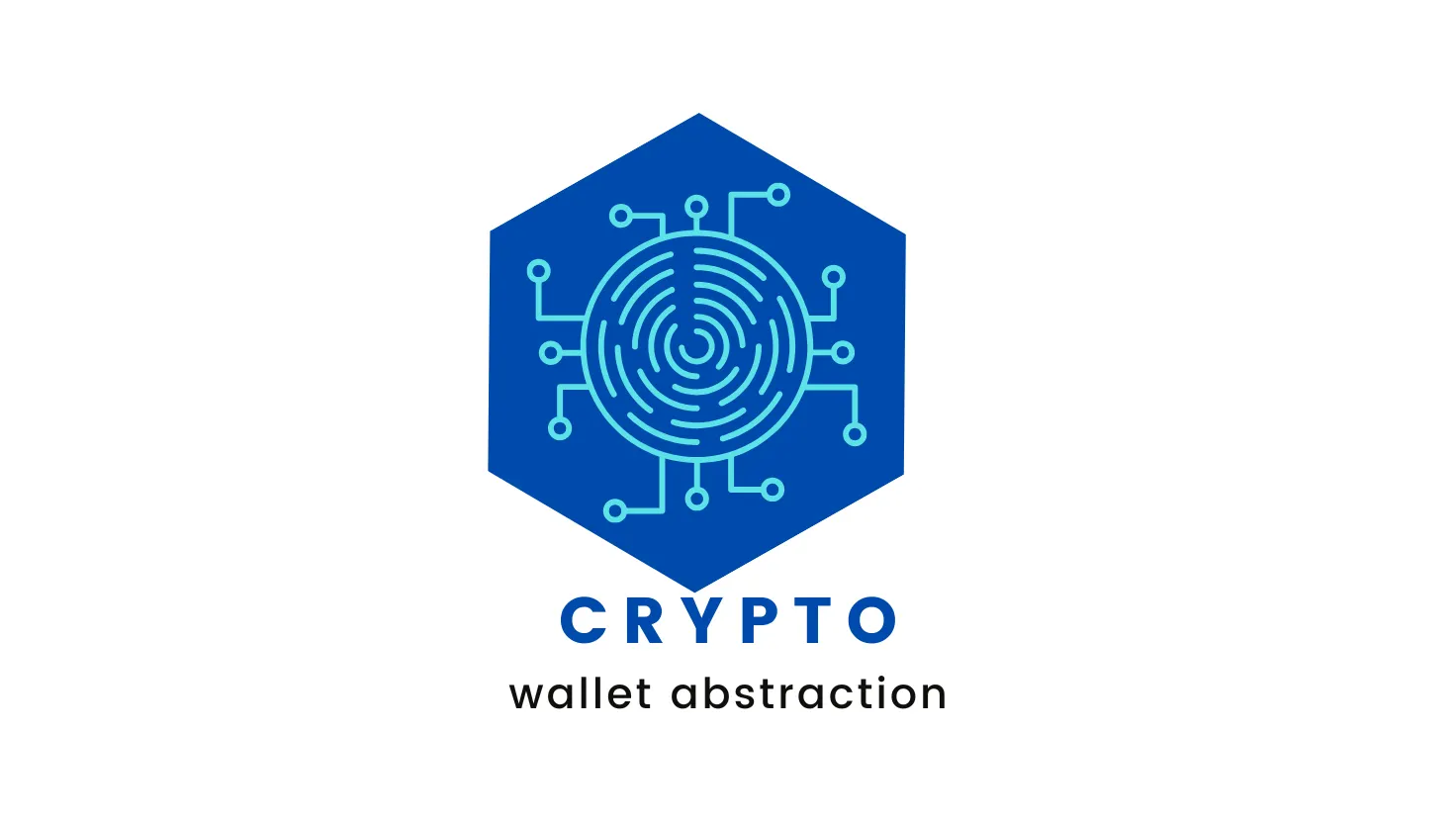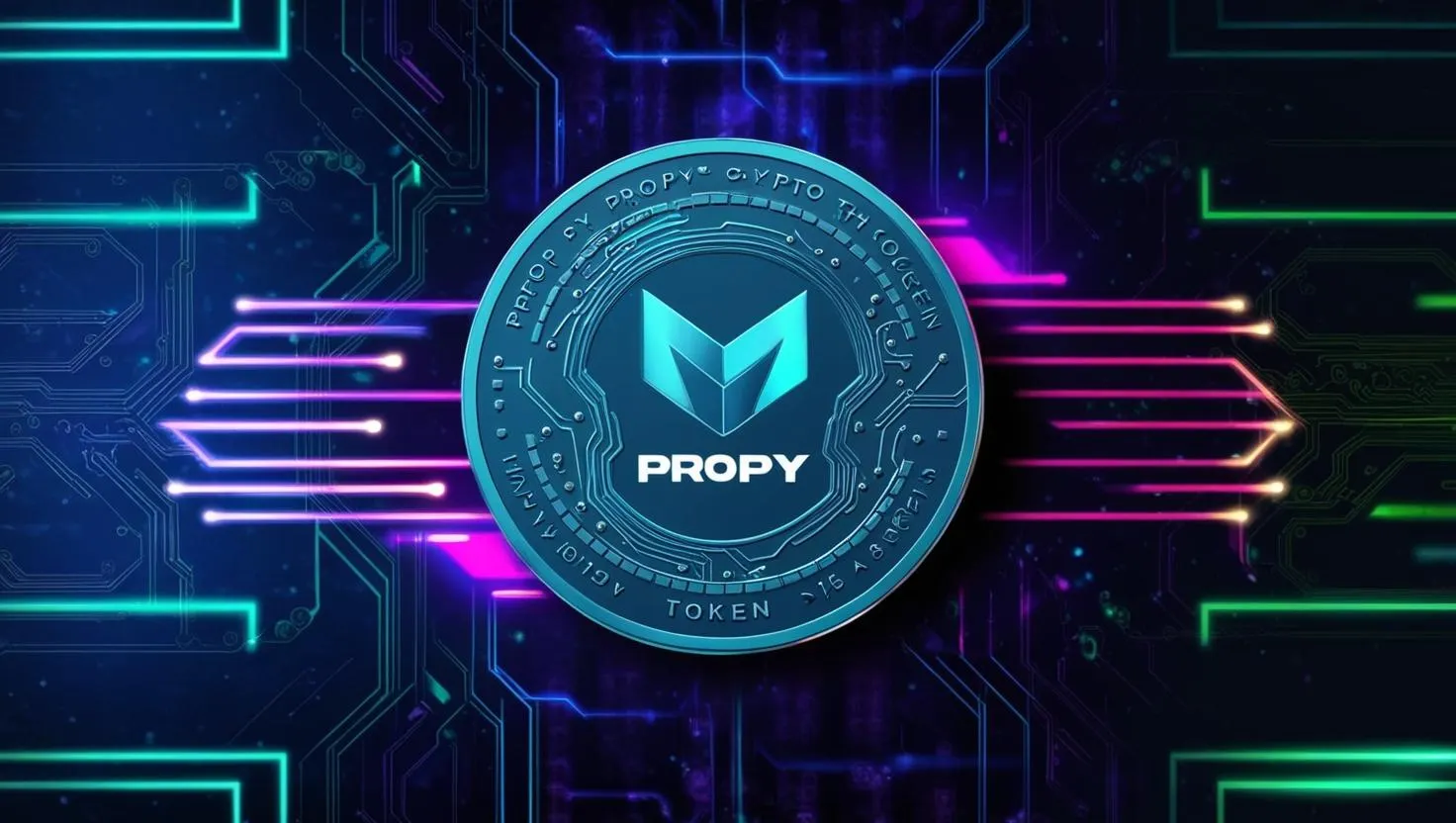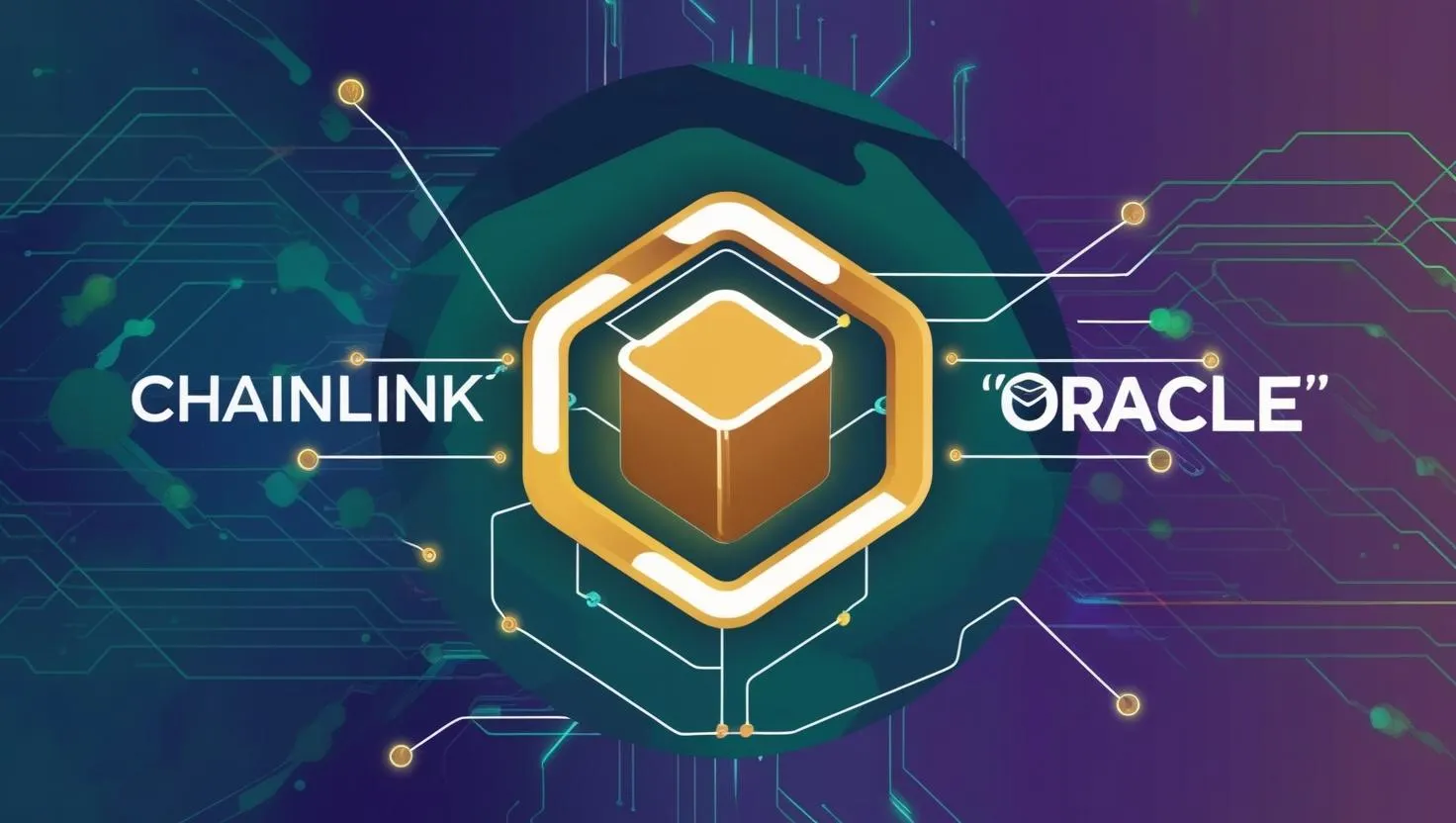Unveiling the $LIBRA Solana Scandal: How a Memecoin Crash Shook Crypto and Argentina
The $LIBRA memecoin scandal, which unfolded in February 2025, is one of the most significant controversies in recent cryptocurrency history, implicating high-profile figures, shaking the Solana ecosystem, and sparking debates about regulation and trust in decentralized finance (DeFi).
Below is a detailed exploration of the scandal, tailored for a crypto blog audience, covering its origins, key events, fallout, and broader implications.
The $LIBRA Memecoin Scandal: A Detailed Breakdown
Origins of $LIBRA
On February 14, 2025, Argentine President Javier Milei posted on X, promoting a Solana-based memecoin called $LIBRA, describing it as a private project aimed at “encouraging the growth of the Argentine economy by funding small businesses and startups.” The token, launched by Kelsier Ventures, a Delaware-registered company led by CEO Hayden Davis, was part of a project named "Viva La Libertad" (Long Live Freedom).
The launch was facilitated on Meteora, a Solana-based decentralized exchange (DEX) known for its role in other high-profile memecoin launches like $TRUMP and $MELANIA.
The $LIBRA token, distinct from Meta’s abandoned Libra (later Diem) project, was created at 6:58 PM Argentina time on February 14, 2025, with little public fanfare until Milei’s endorsement. The token’s contract address, shared in Milei’s post, enabled investors to locate and purchase it, triggering a buying frenzy.
The Pump: A Meteoric Rise
Milei’s tweet, posted at 7:01 PM, caused $LIBRA’s price to skyrocket from $0.216 to a peak of $5.54 within 45 minutes, reaching a market capitalization of $4.5 billion. The massive trading volume, exceeding $1.5 billion, was driven by the hype surrounding Milei’s endorsement and the promise of economic benefits for Argentina. However, the project’s website, registered just hours before the launch, offered minimal transparency, featuring only a Google Form for funding applications.
Blockchain analysis later revealed suspicious pre-launch activity. Approximately 20 minutes before Milei’s tweet, one address received 1 million $LIBRA tokens and added them to a Meteora liquidity pool. Other addresses, potentially linked to the $LIBRA team, also contributed to the pool, setting the stage for the rapid price surge.
The Dump: A Catastrophic Collapse
Within hours of its peak, $LIBRA’s price plummeted nearly 90%, dropping to under $1 and reducing its market cap to $200–300 million. This collapse was triggered by insiders withdrawing significant liquidity from the Meteora pool. Blockchain researchers, including TRM Labs and Chainalysis, reported that eight wallets linked to the token’s creators withdrew approximately $99 million in Solana (SOL) and USDC, with $7.8 million directly traced to Meteora pool withdrawals.
The rapid sell-off was orchestrated by insiders who had early access to $LIBRA at low prices, enabling them to profit massively before retail investors could react. Crypto trader Diógenes Casares noted that Kelsier Ventures and Meteora insiders were aware of the launch weeks in advance, with some key opinion leaders (KOLs) and influencers receiving early allocations.
This practice, known as “sniping,” allowed insiders to buy tokens at ultra-low prices and sell at the peak, a tactic akin to illegal front-running in regulated markets.
Hayden Davis, Kelsier Ventures’ CEO, admitted to controlling $100 million from the $LIBRA launch, claiming the funds were intended for reinvestment in Argentina and denying personal enrichment.
In an interview with YouTuber Coffeezilla, Davis acknowledged making $13 million in fees and holding $11 million in tokens, further fueling accusations of a pump-and-dump scheme.
Key Players and Allegations
The scandal implicated several entities and individuals:
- Javier Milei: The Argentine president faced fraud allegations and calls for impeachment after promoting $LIBRA. He later deleted his post, claiming he was unaware of the project’s details and had no direct involvement. Argentina’s anti-corruption office cleared him in June 2025, stating he acted in a personal capacity, but a federal criminal probe continues.
- Hayden Davis and Kelsier Ventures: Davis, a known figure in memecoin schemes, was accused of orchestrating the rug pull. Argentine attorney Gregorio Dalbon sought an Interpol Red Notice for his arrest, though unverified reports of Davis’s death emerged.
- Meteora and Ben Chow: Meteora, the DEX hosting $LIBRA, faced scrutiny for facilitating insider trades. Co-founder Ben Chow resigned after admitting to poor judgment in working with Davis, despite denying direct involvement in insider trading.
- Jupiter, Solana’s leading DEX, was criticized for its infrastructure’s role in the trades, though it denied wrongdoing and launched an investigation.
- KIP Protocol: Led by CEO Julian Peh, KIP was involved in the “Viva La Libertad” project but claimed its role was limited to fund allocation, not token operations.
- Mauricio Novelli: An advisor to Milei, Novelli was implicated in connecting Davis with the president and allegedly selling access to Milei without his knowledge.
Impact on Solana
The scandal significantly impacted Solana, the blockchain hosting $LIBRA. Solana’s native token (SOL) dropped 25% from $205 to $161 between February 14 and 18, 2025, its lowest level since November 2024. The crash was attributed to declining DeFi activity, with deposits on Solana DApps falling 19% and memecoin trading volumes plummeting. The scandal also tarnished Solana’s reputation, with critics labeling it a “scam blockchain” due to its association with memecoins like $LIBRA, $TRUMP, and $MELANIA.
Posts on X reflected community frustration, with users like
@0xGumshoe
estimating $314 million in losses, half of which was “rugged” by a small group of insiders. The scandal prompted calls for reform, with Pump.fun founder Alon proposing transparency in token ownership and stricter vetting for launches.
Broader Fallout
- Argentina’s Economy: The $LIBRA crash led to a 5% drop in Argentina’s stock market on February 17, 2025, highlighting crypto’s real-world economic impact. Over 44,000 wallets were affected, though Milei claimed only 5,000 were “actual investors,” mostly from the U.S. and China.
- Legal and Political Repercussions: Argentine lawyers filed over 100 fraud complaints against Milei, and a federal judge opened an investigation. International law firms, like Burwick Law, organized class-action lawsuits for affected investors. Milei’s decision to shut down an investigative task force in May 2025 sparked political backlash.
- Crypto Market Sentiment: The scandal fueled distrust in memecoins, with analysts like Jill Gunter noting their damage to the crypto industry’s reputation. Ethereum gained $1.1 billion in stablecoin inflows, while Solana lost $772 million in liquidity.
Lessons and Implications
The $LIBRA scandal underscores several critical issues in the crypto space:
- Insider Trading and Transparency: The ease of insider manipulation in memecoin launches highlights the need for better on-chain analytics and launch mechanisms.
- Regulatory Gaps: The involvement of a political figure like Milei raises questions about accountability in unregulated markets. Calls for stricter regulations intensified, though they risk clashing with blockchain’s permissionless ethos.
- Solana’s Challenges: Solana’s low fees and high speed make it a hub for memecoins, but its association with scams threatens its credibility.
- Investor Education: The scandal, accessible only to those with Solana wallets and technical knowledge, emphasizes the need for better investor education to navigate high-risk assets.
Conclusion
The $LIBRA memecoin scandal is a stark reminder of the volatility and risks inherent in the crypto market, particularly in the memecoin sector. It exposed systemic issues in Solana’s ecosystem, from insider trading to lax oversight, while dragging a sitting president into a fraud investigation. As the crypto community grapples with the fallout, the scandal may catalyze reforms to restore trust, but it also highlights the delicate balance between innovation and accountability in decentralized finance.
For crypto enthusiasts, the lesson is clear: do your own research (DYOR), approach memecoins with caution, and demand greater transparency from platforms and influencers. The $LIBRA saga may be a turning point for Solana and the broader crypto market, but only time will tell if it leads to meaningful change or remains a cautionary tale of greed and hype.



